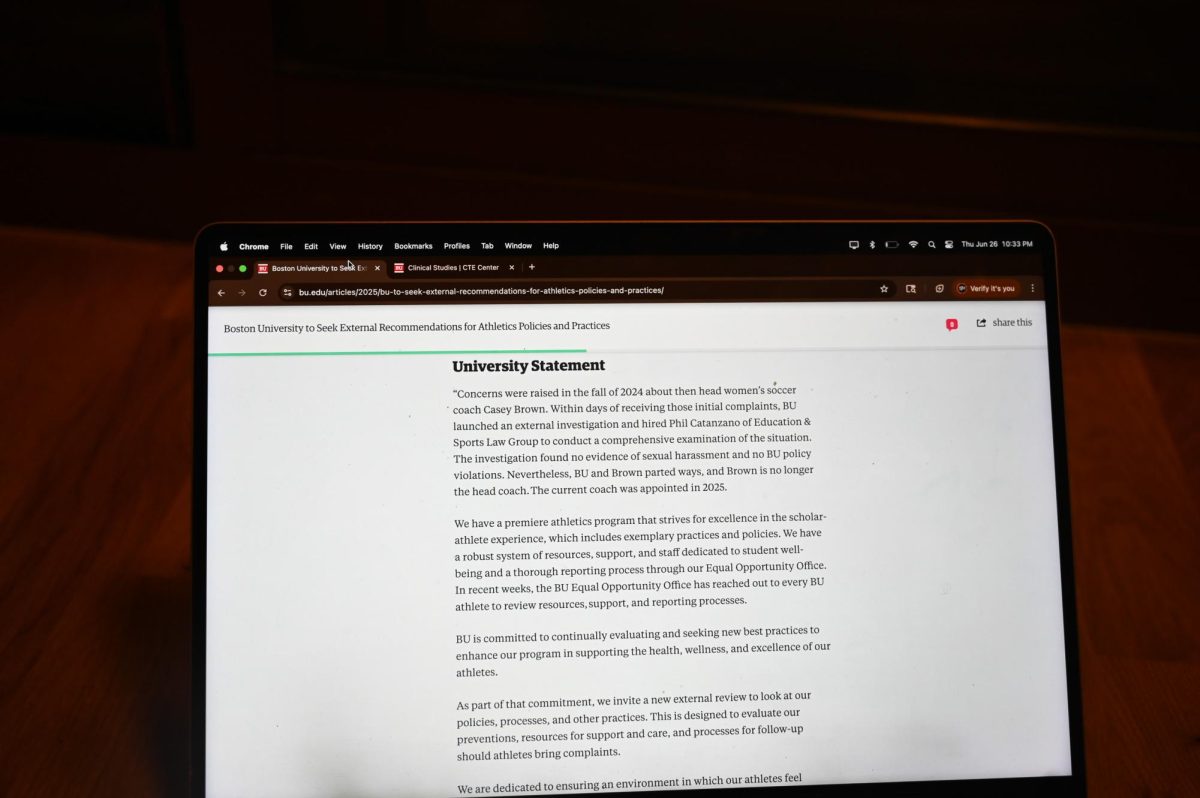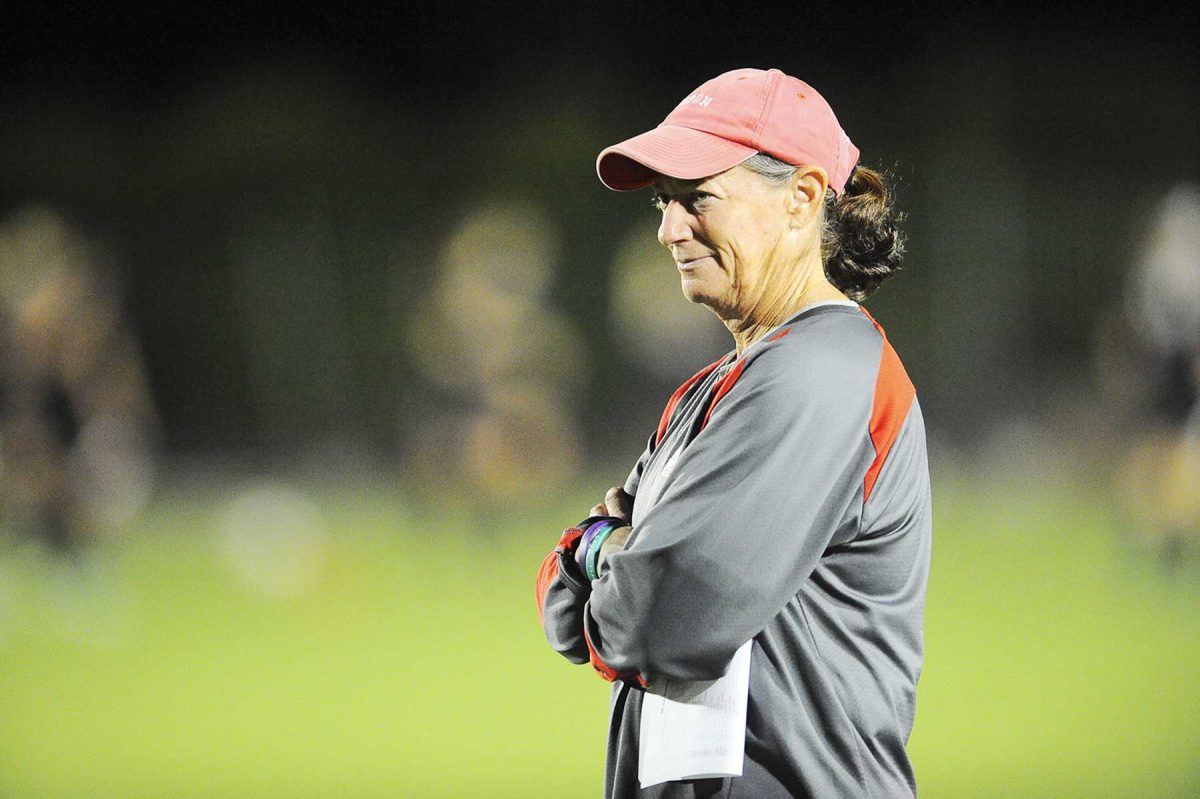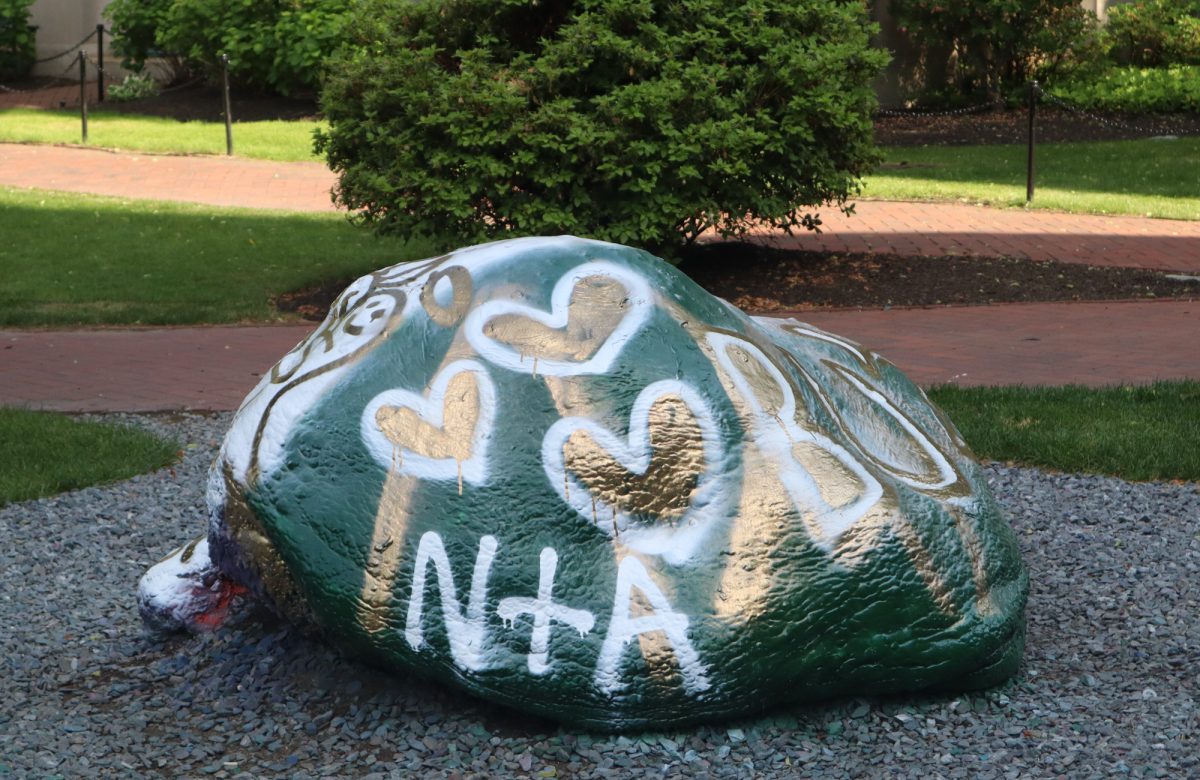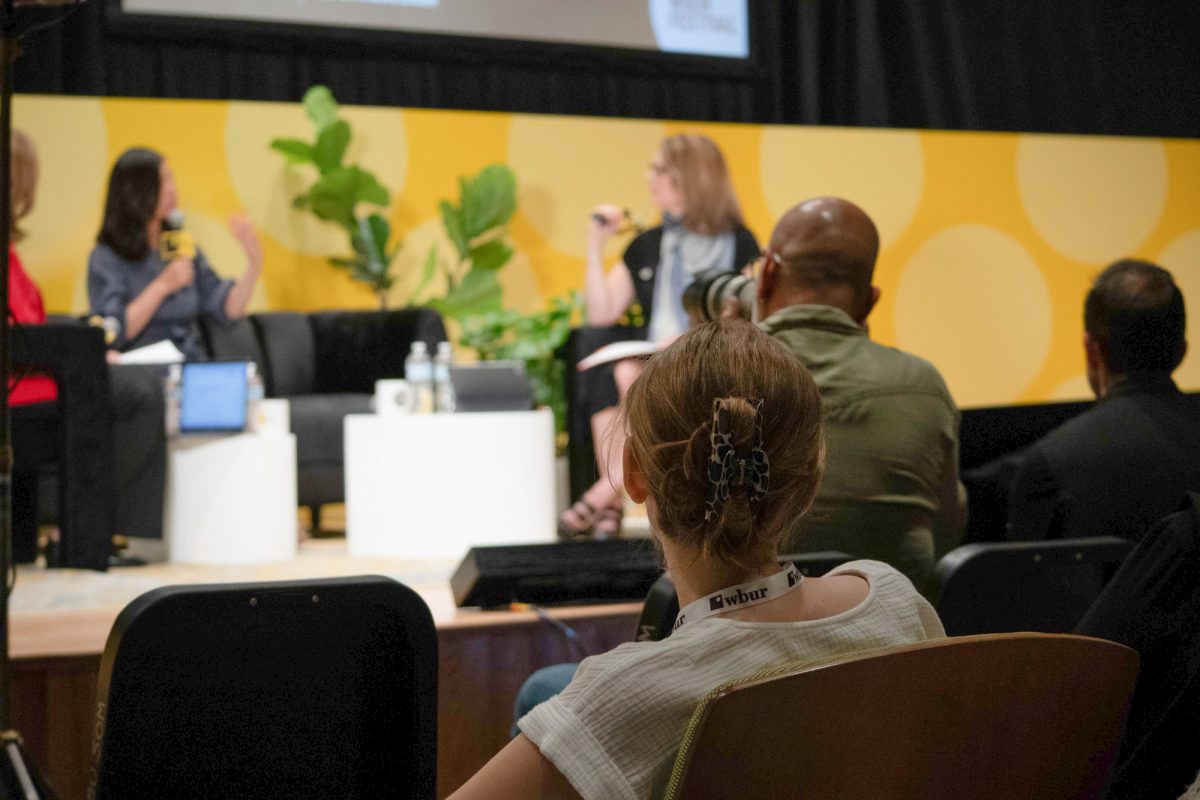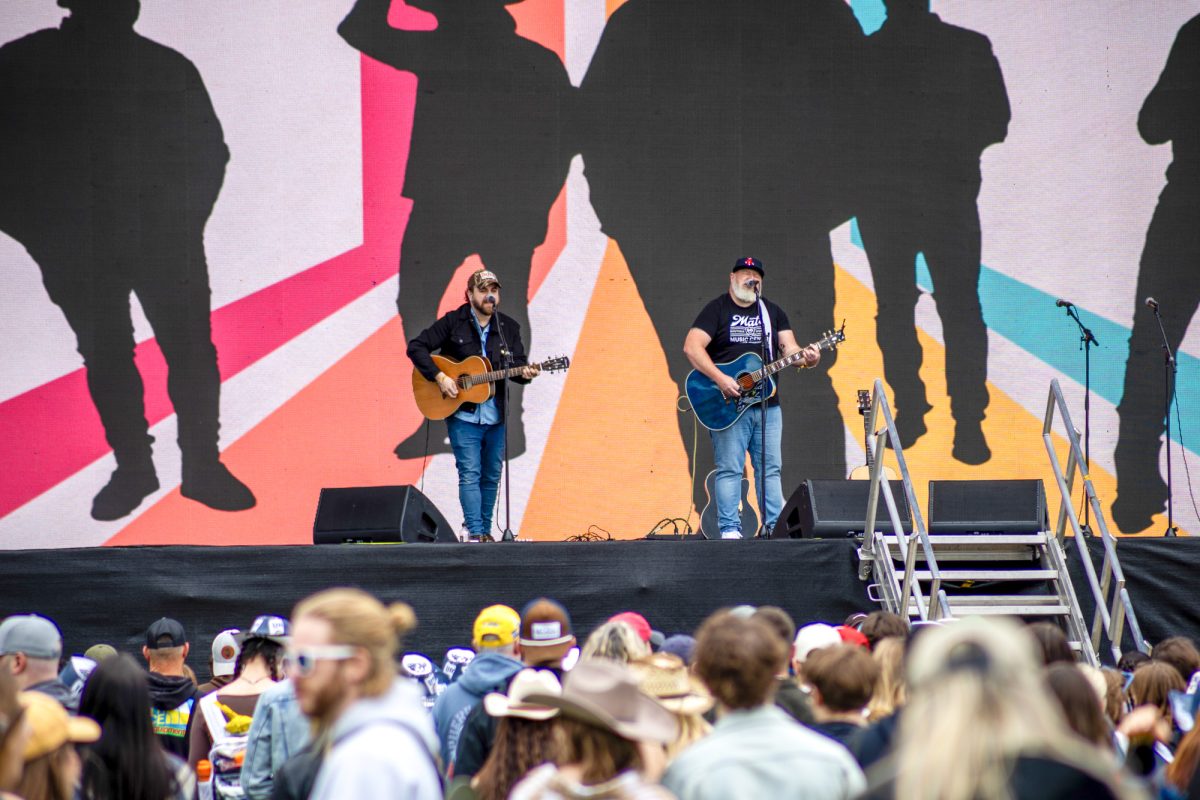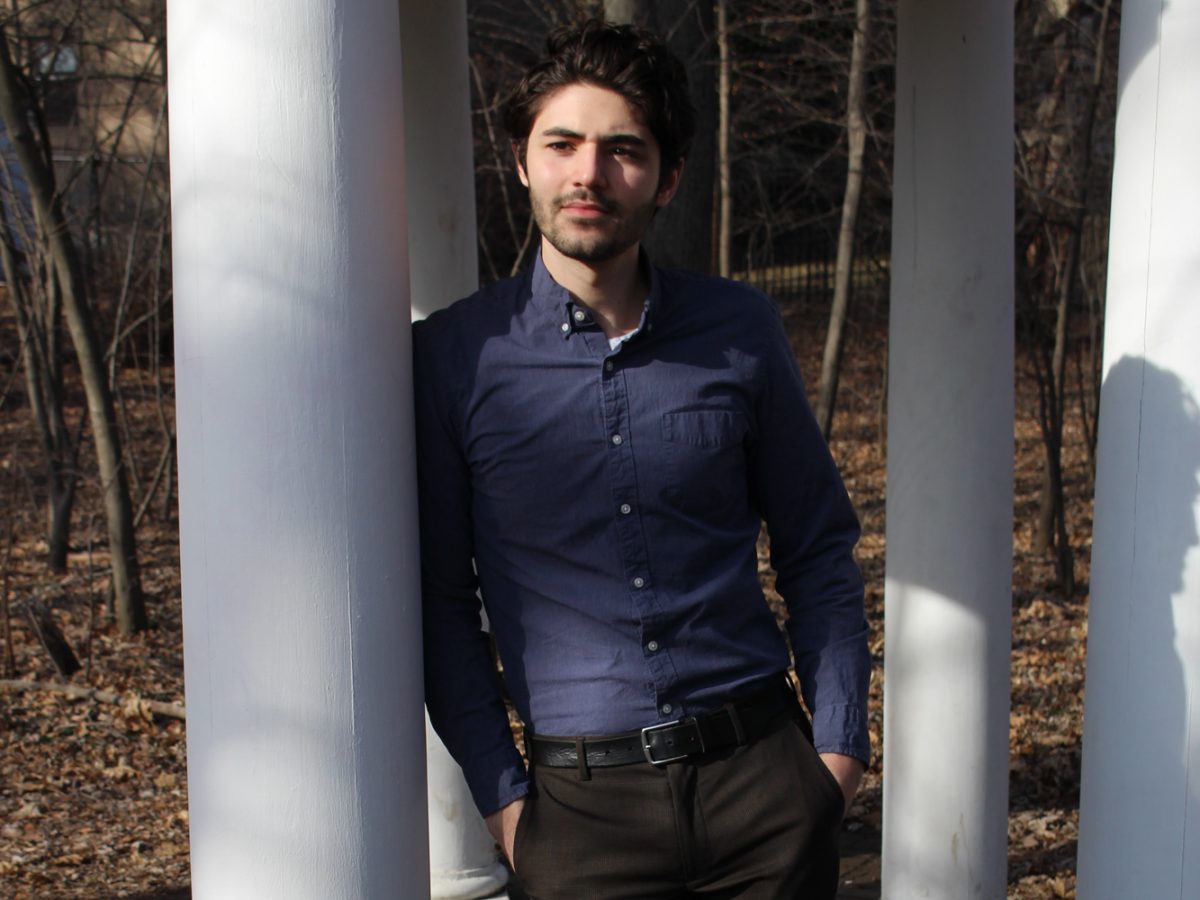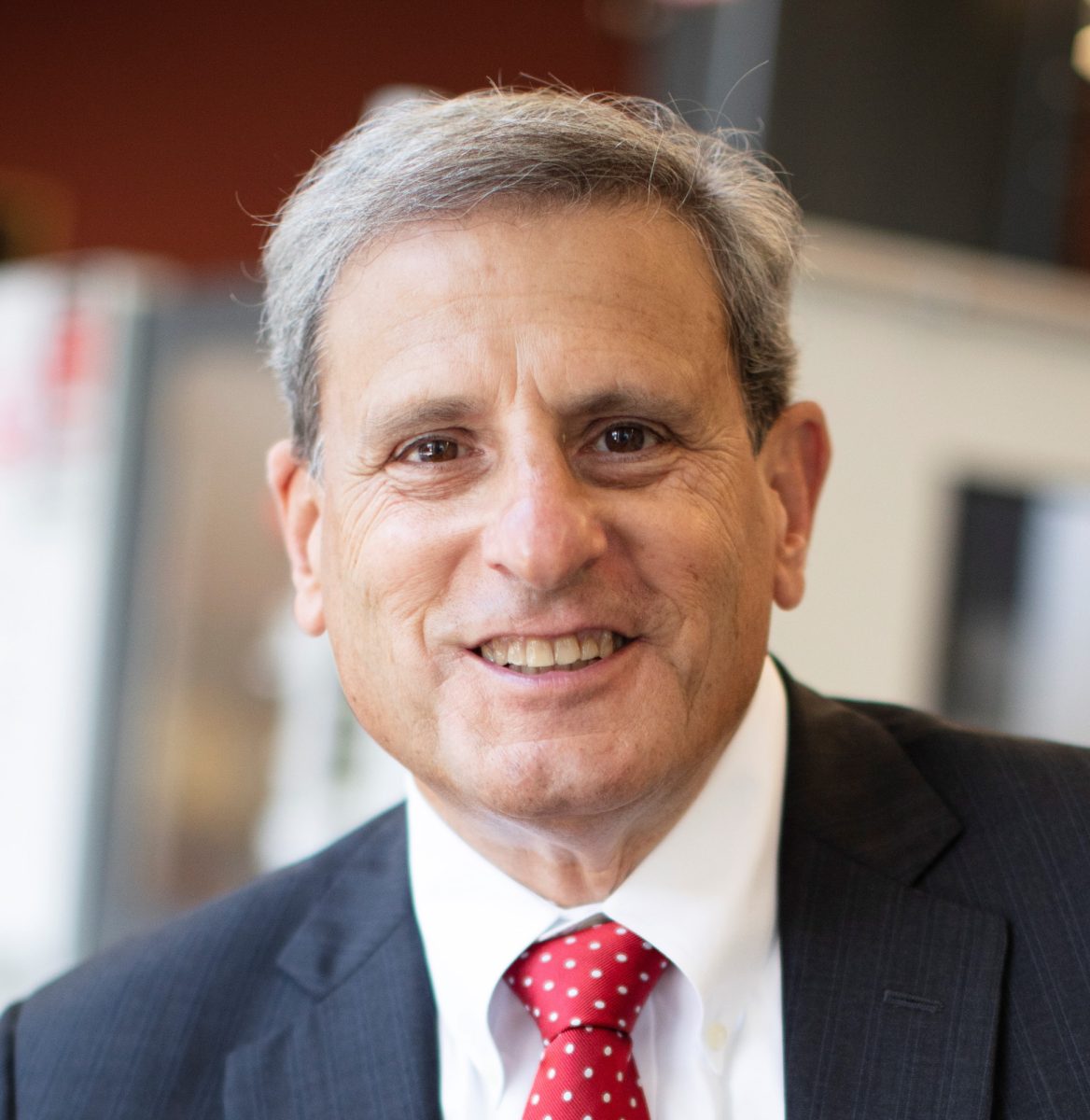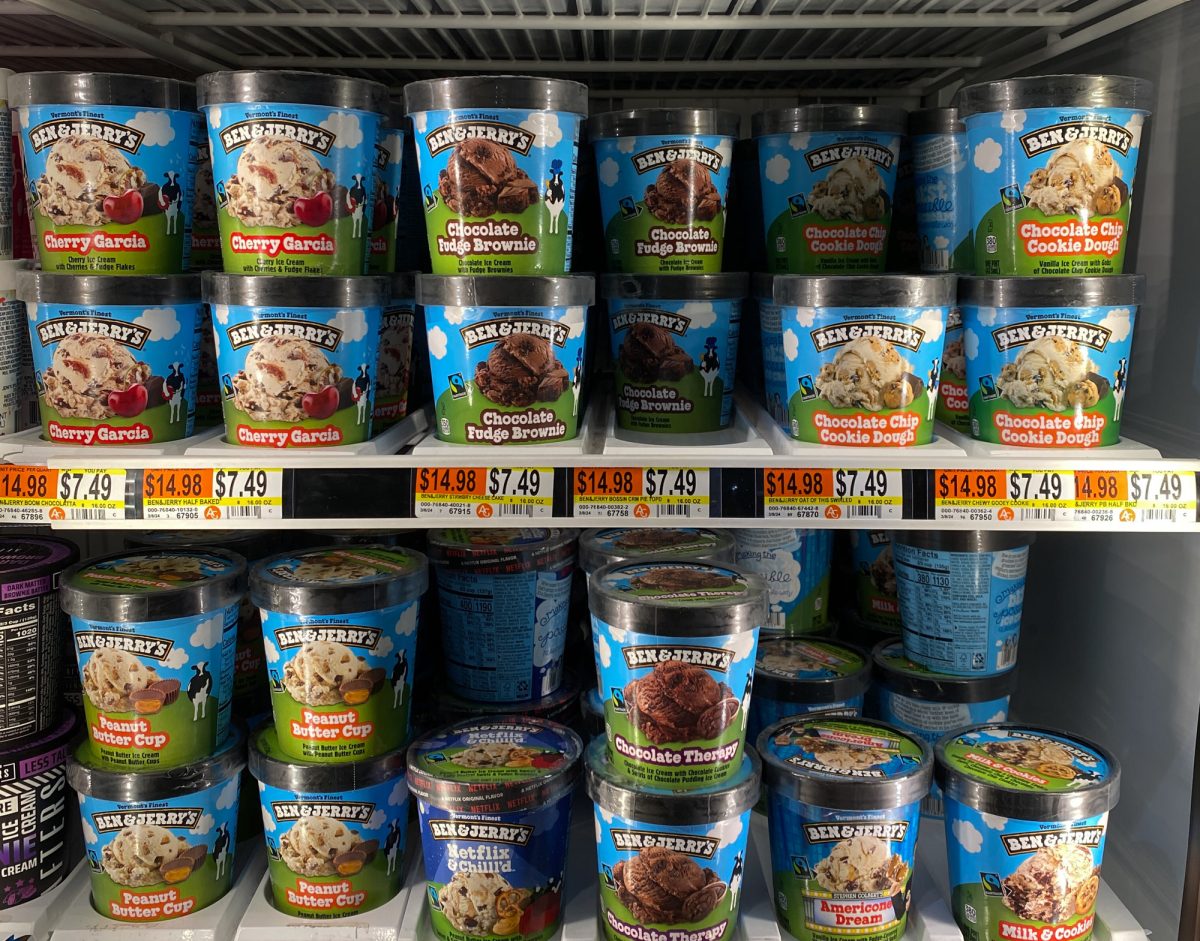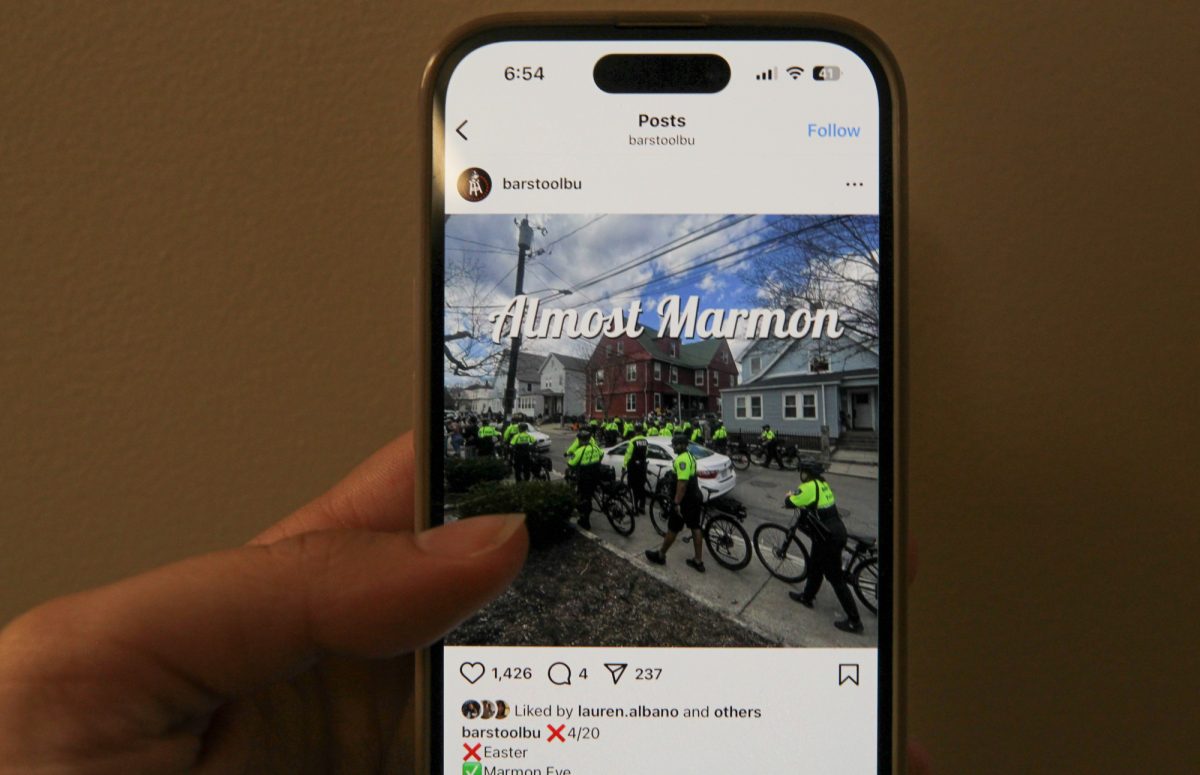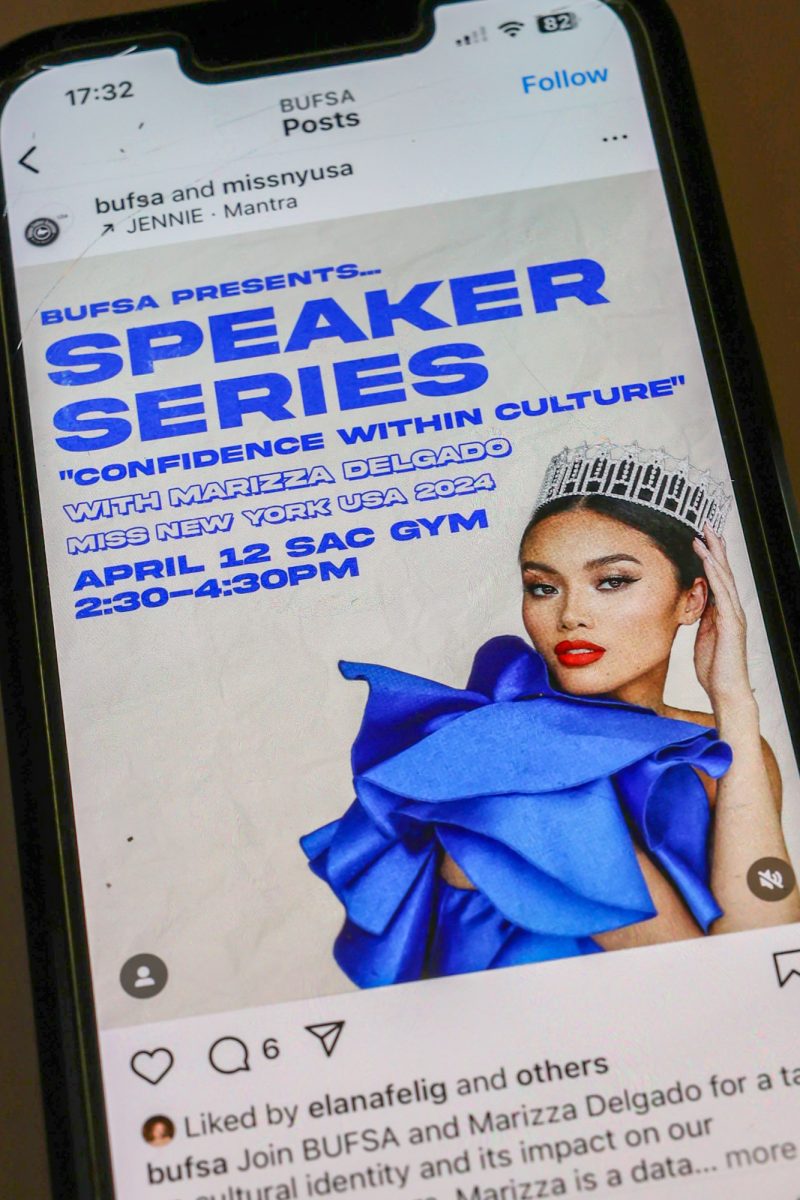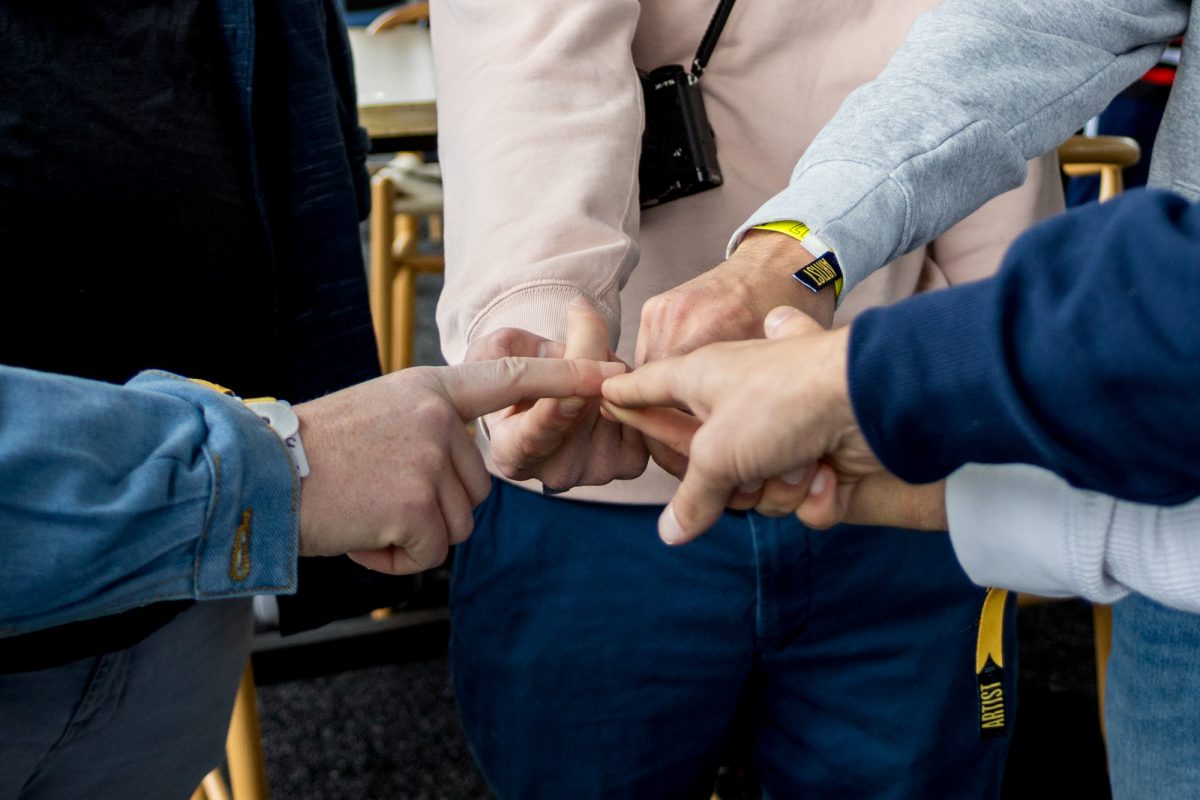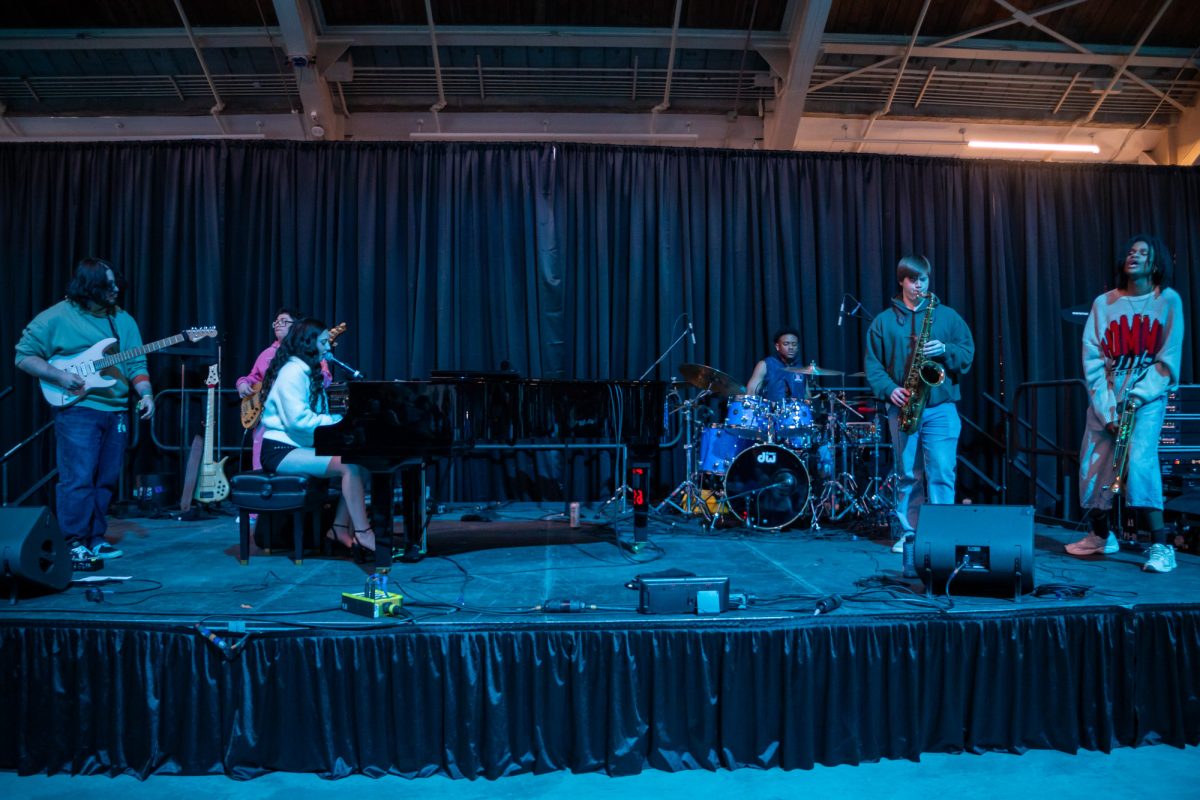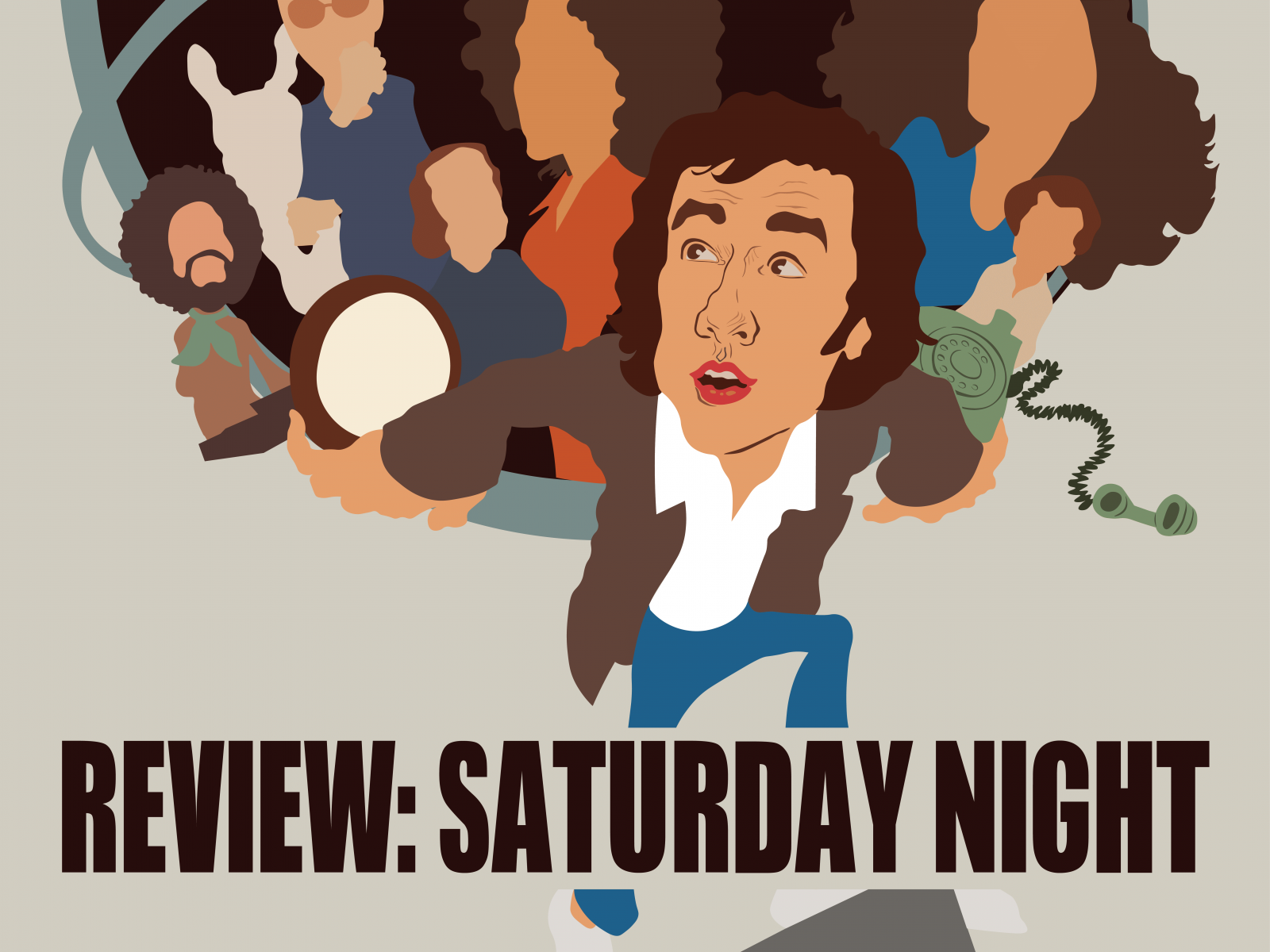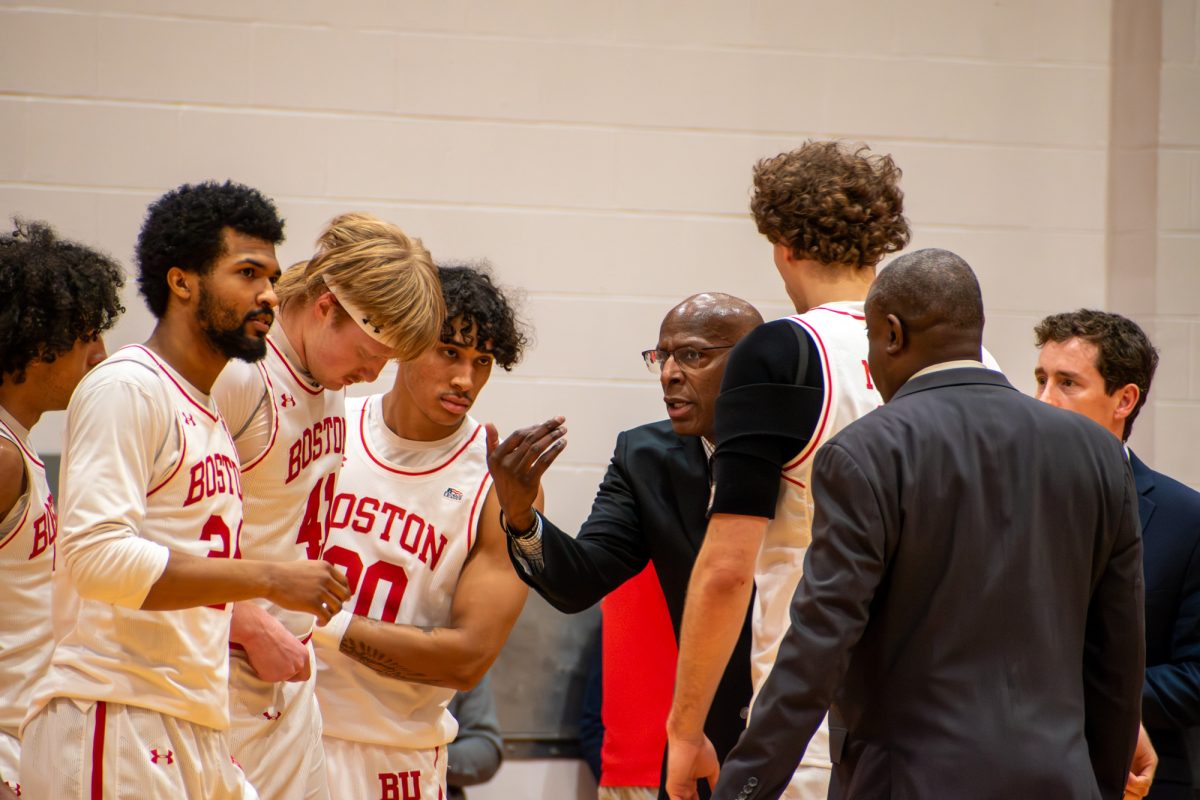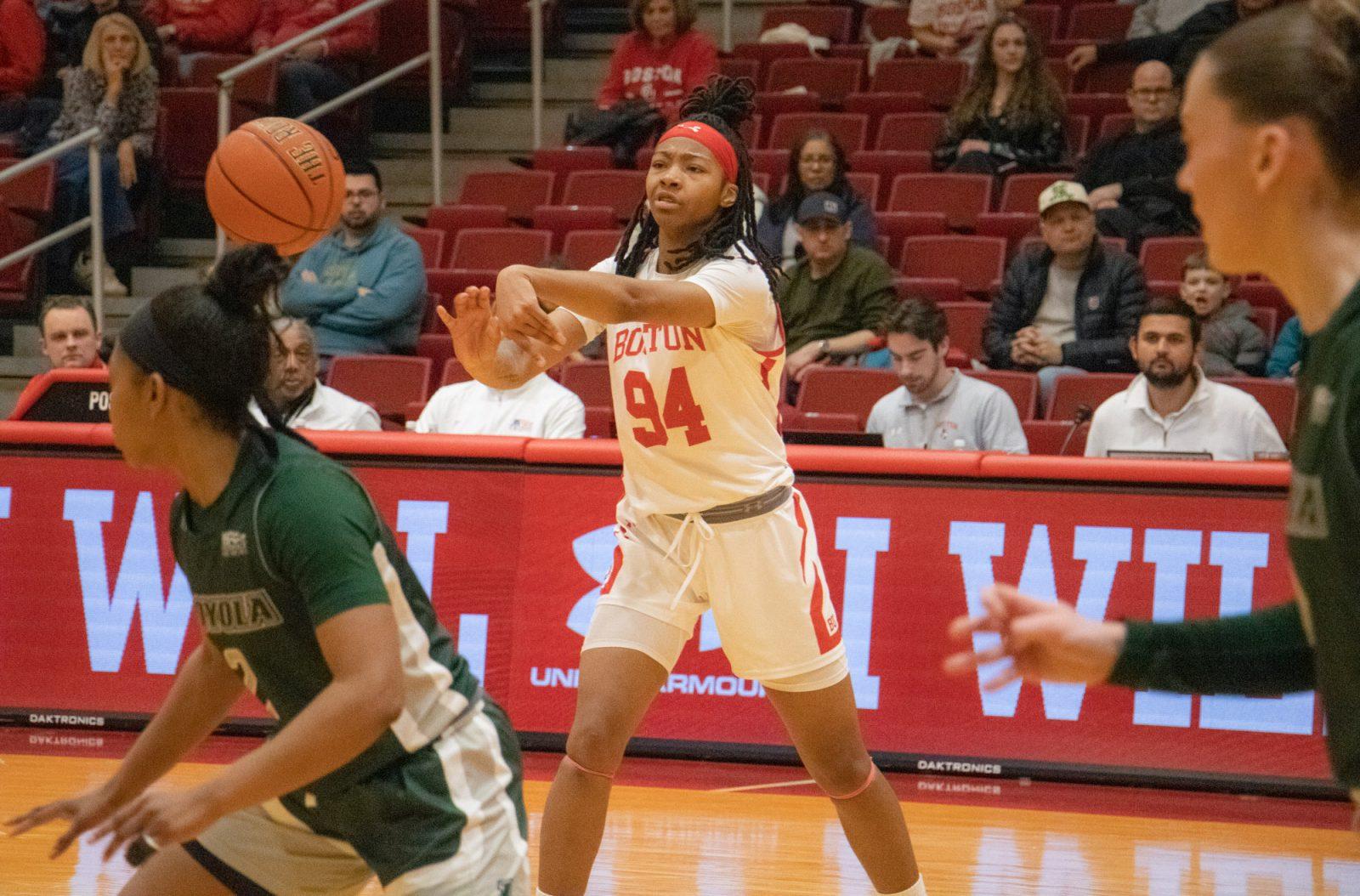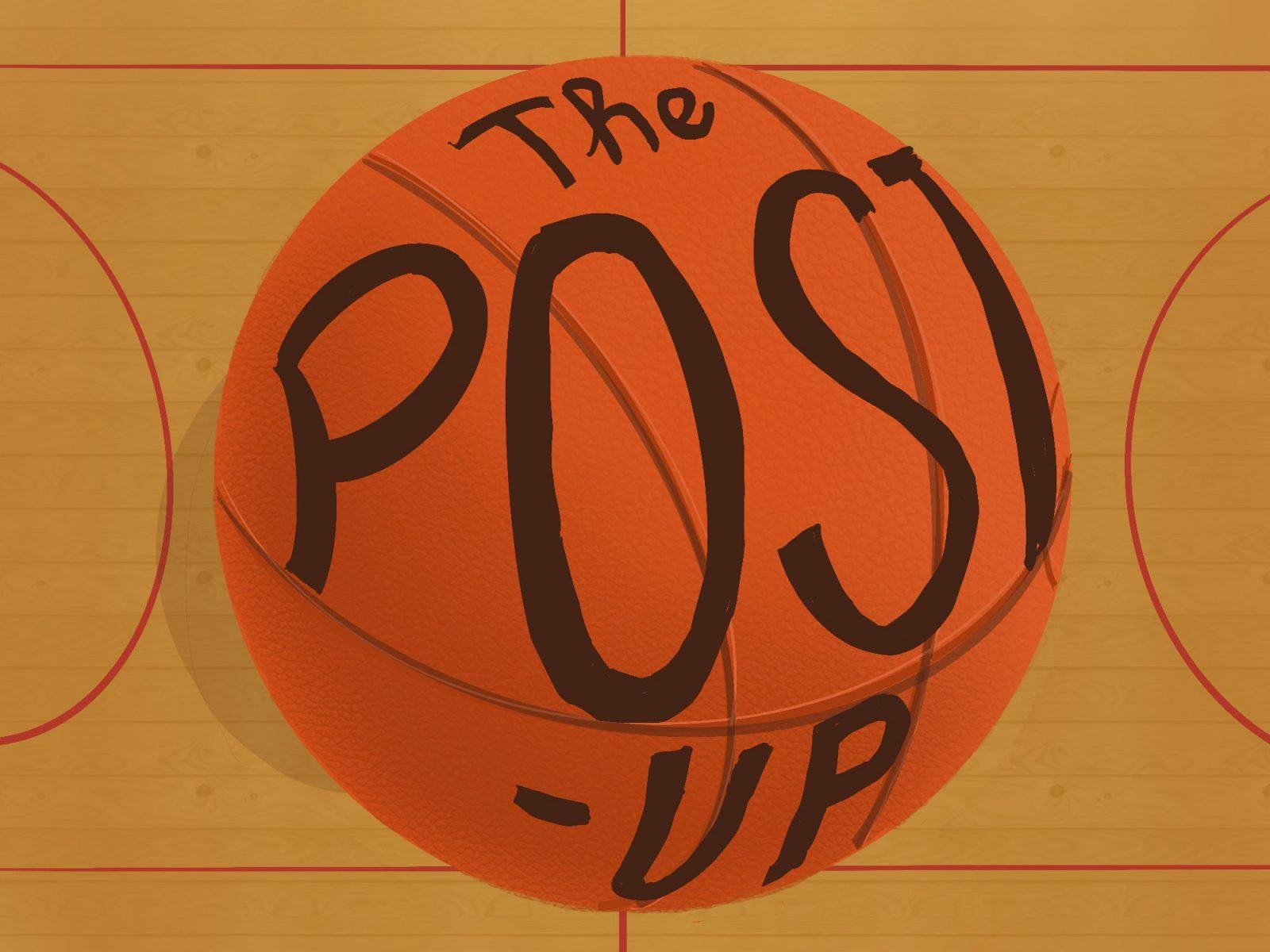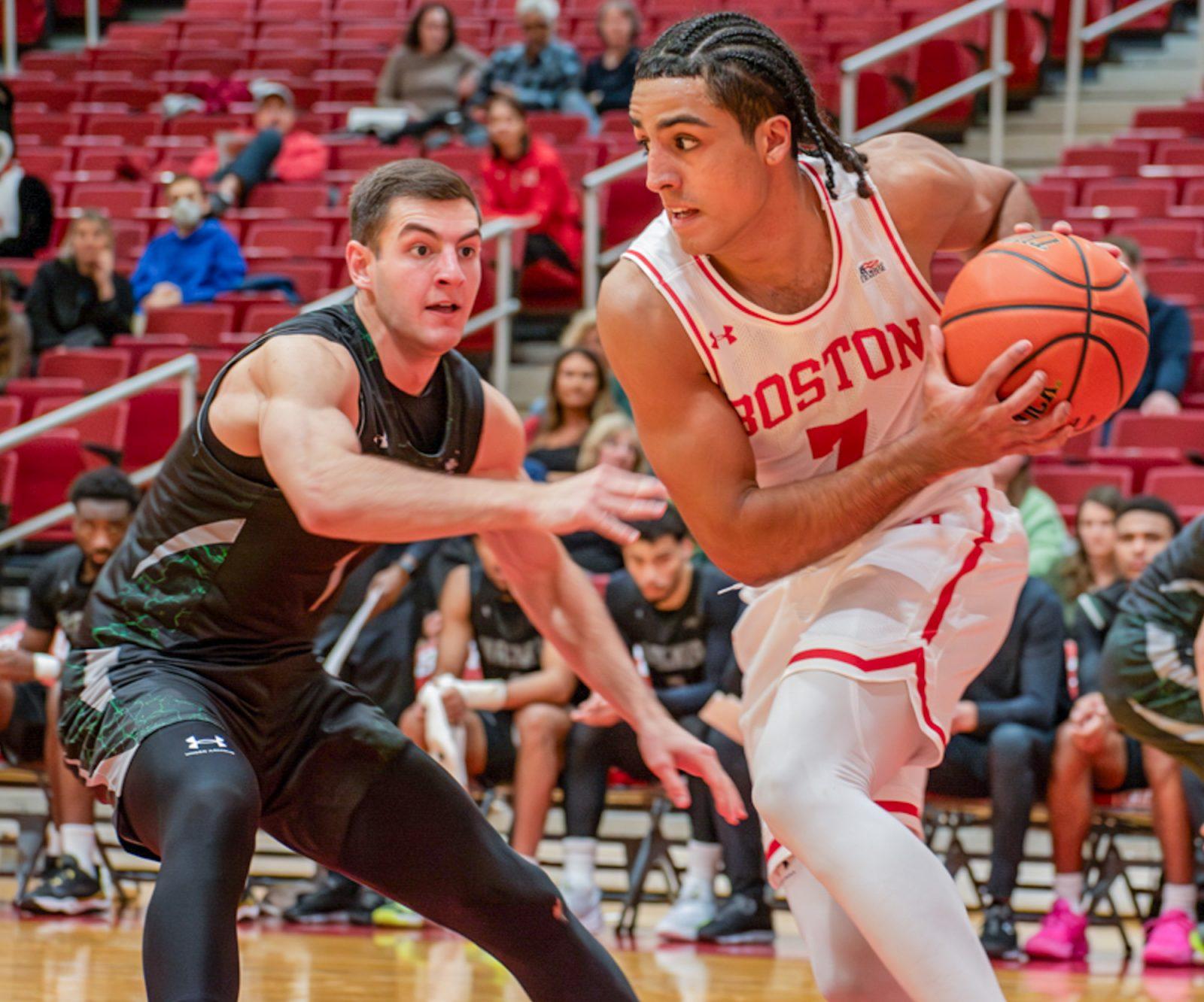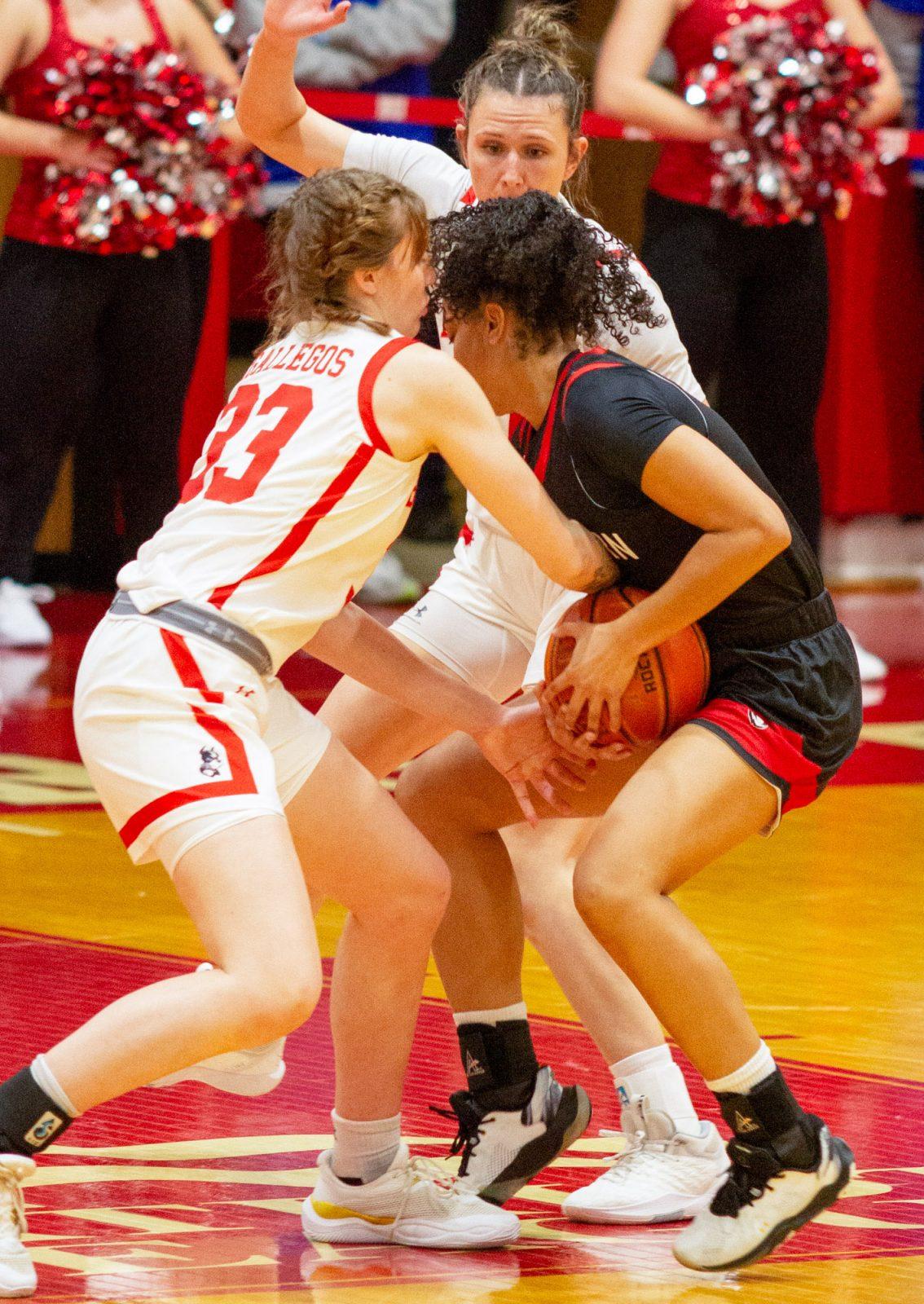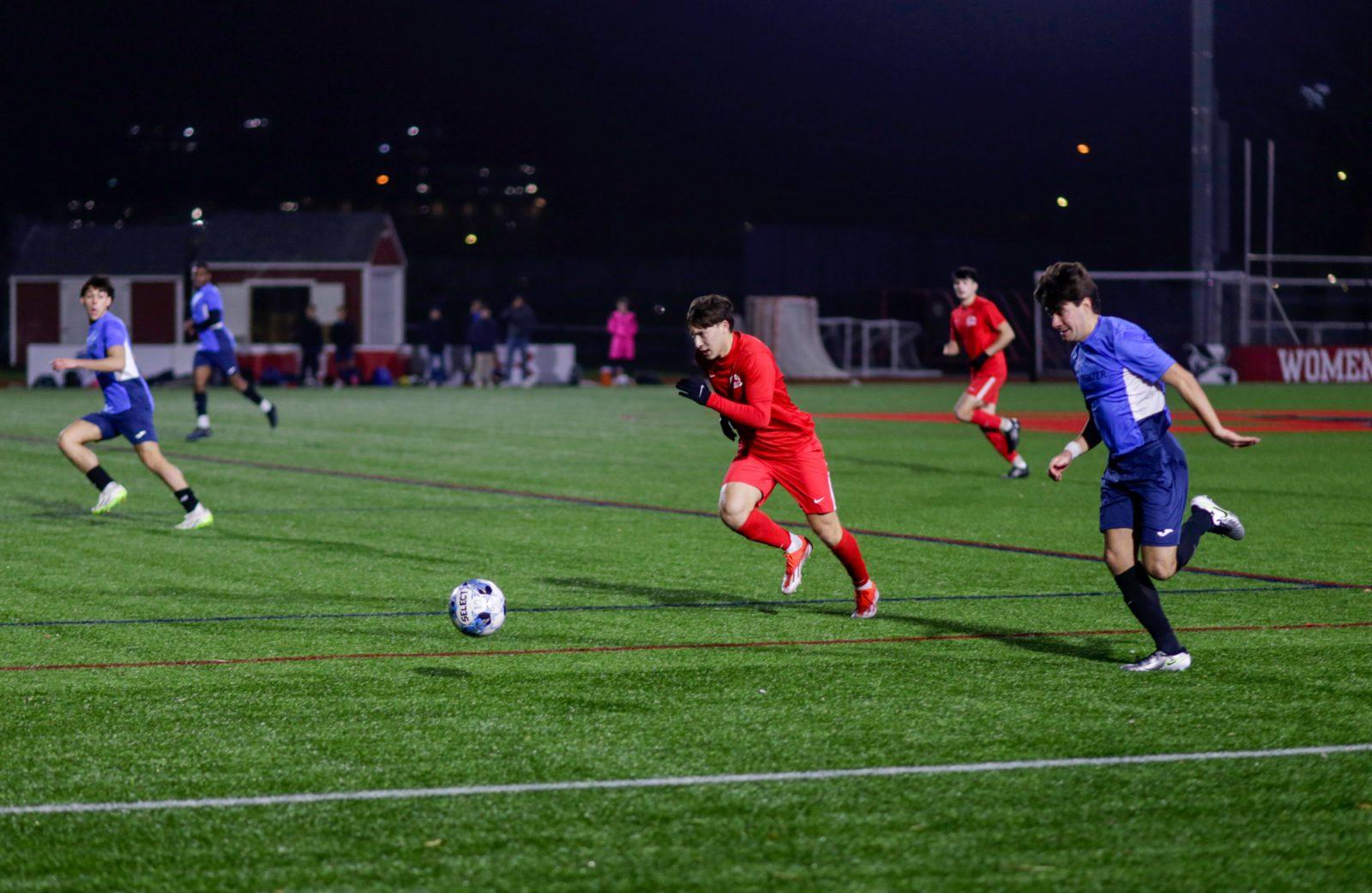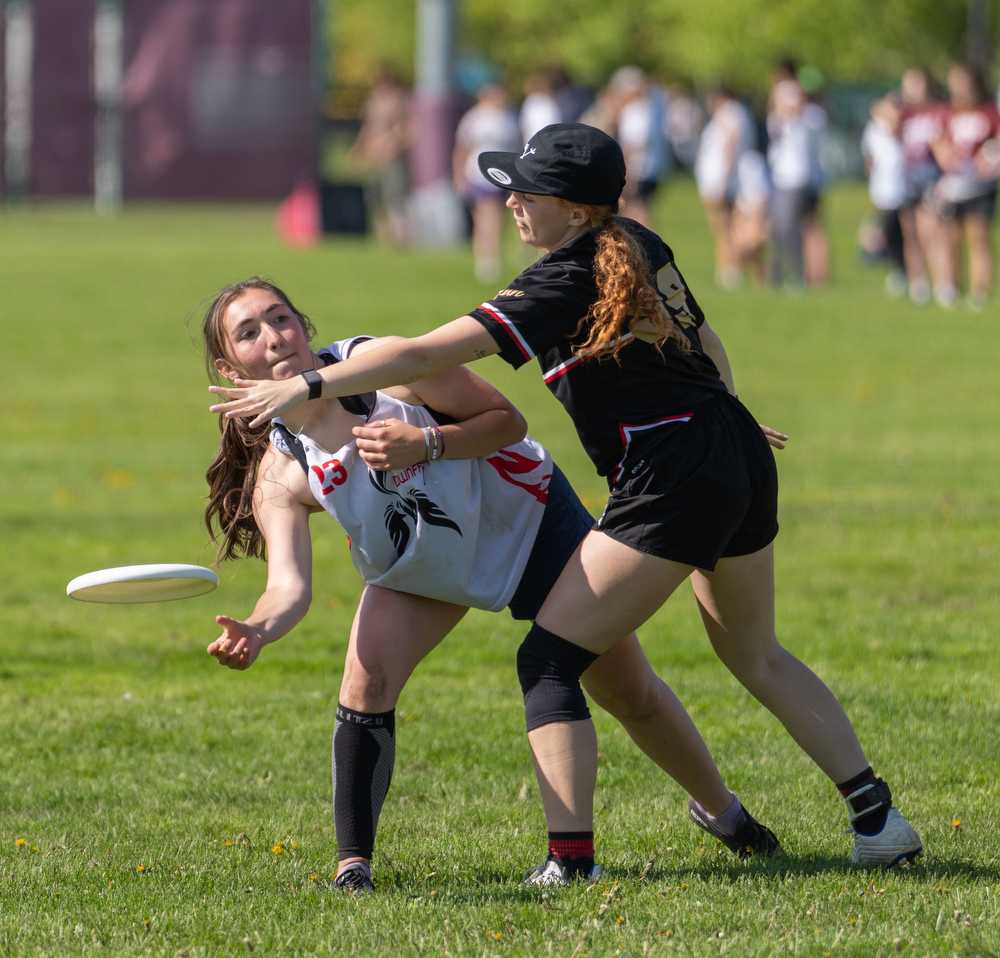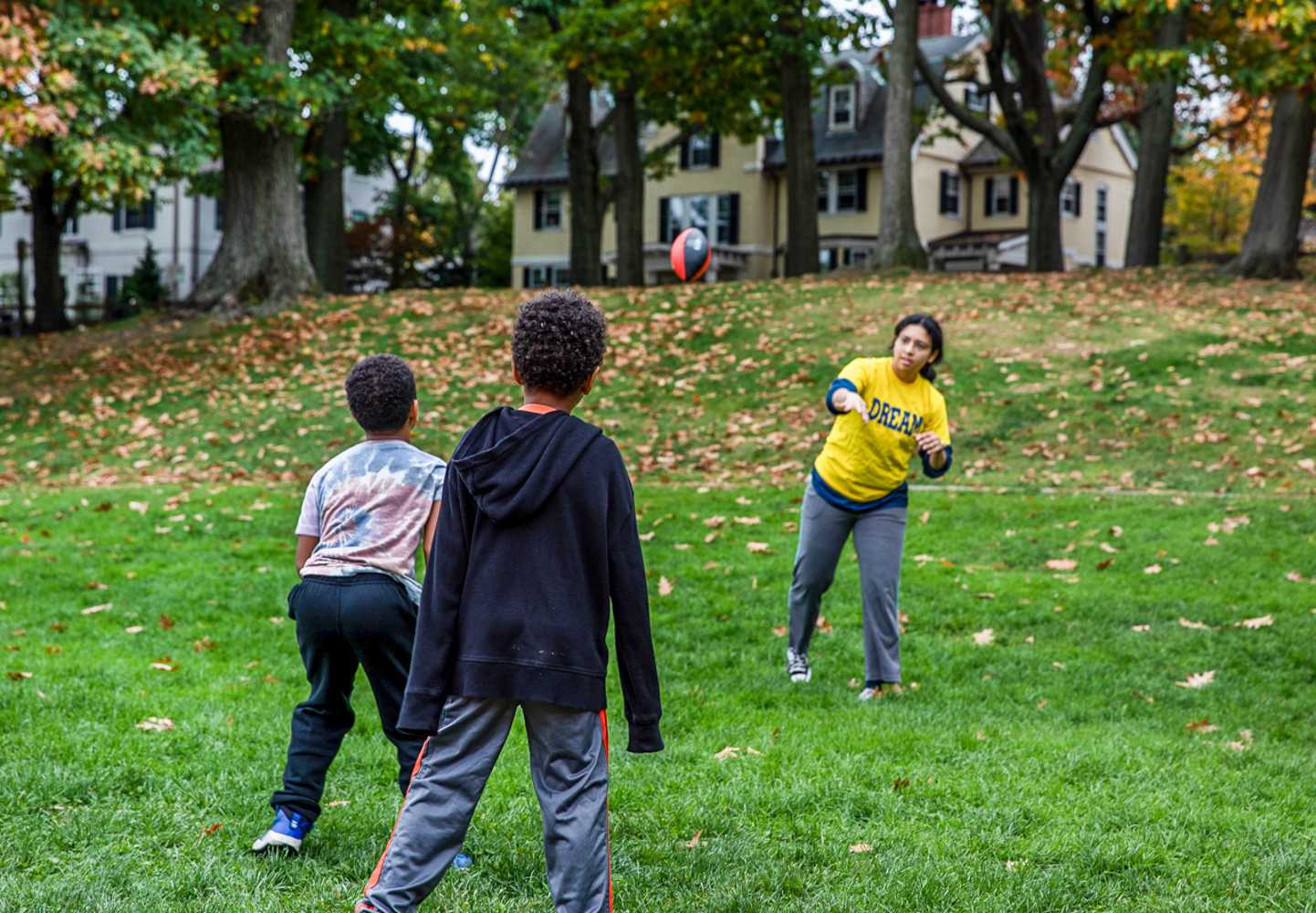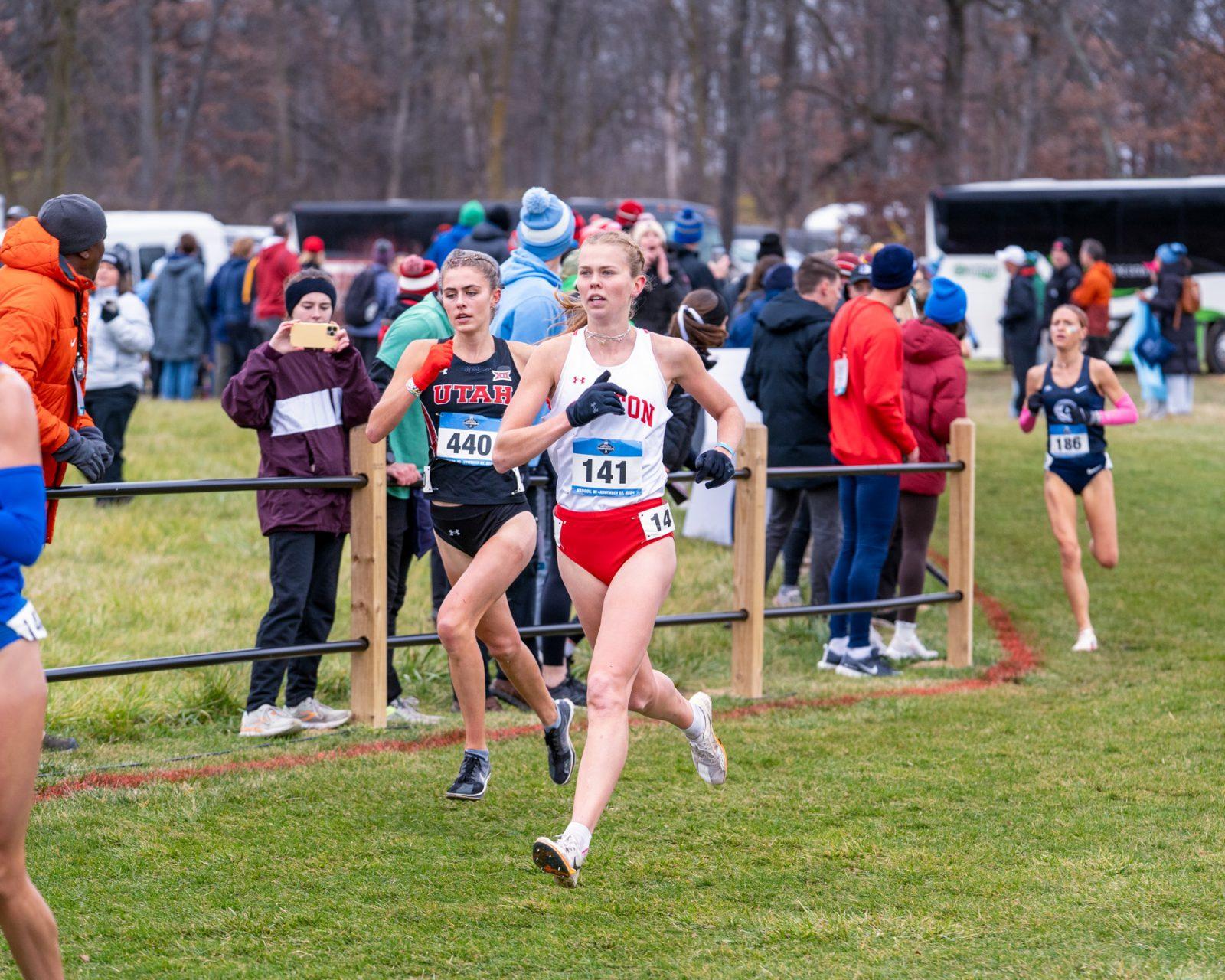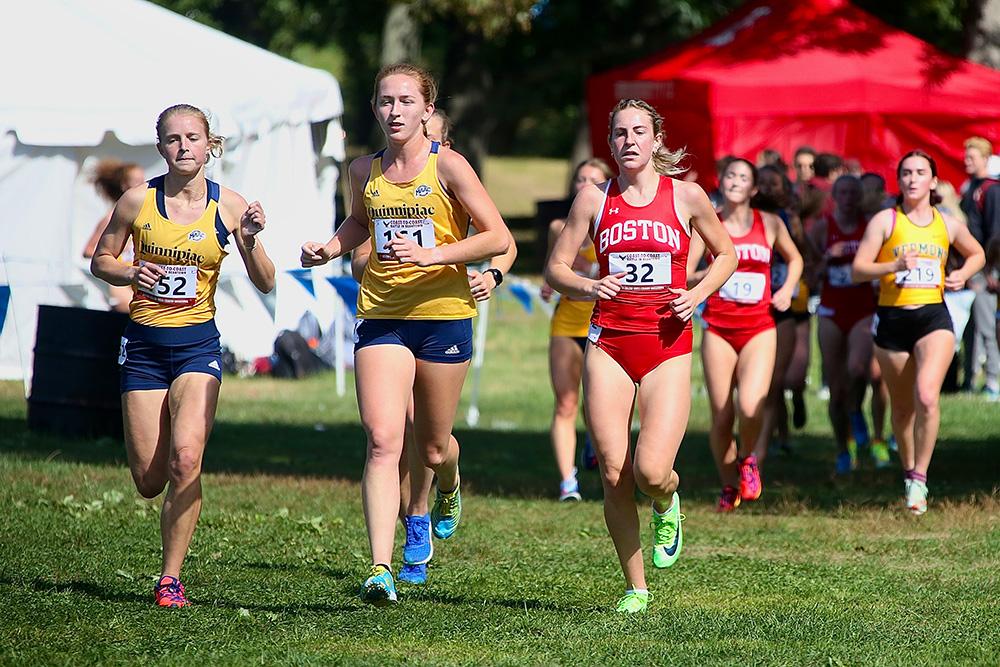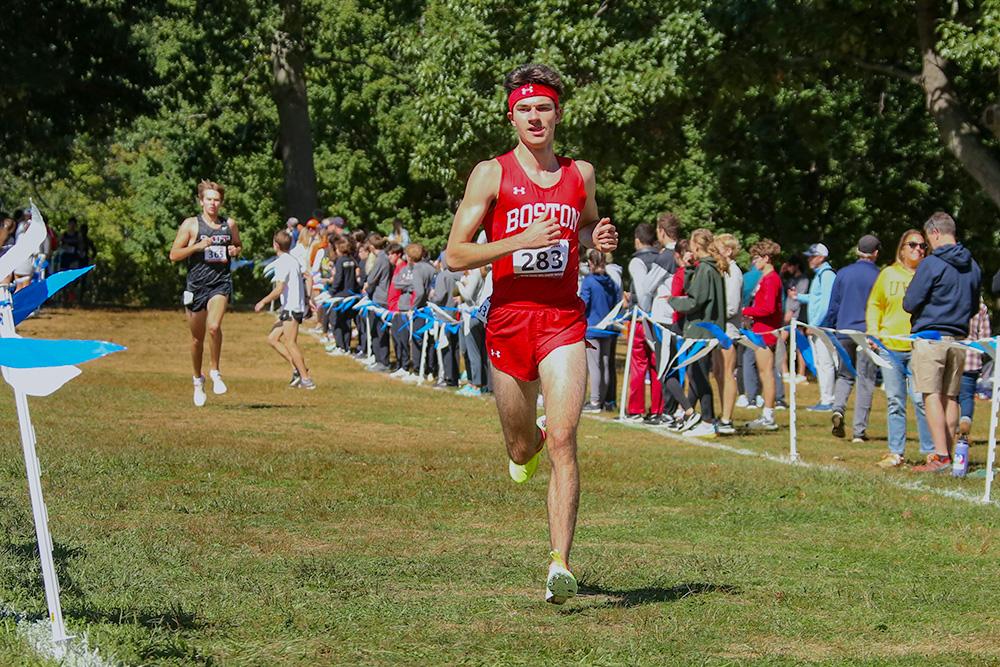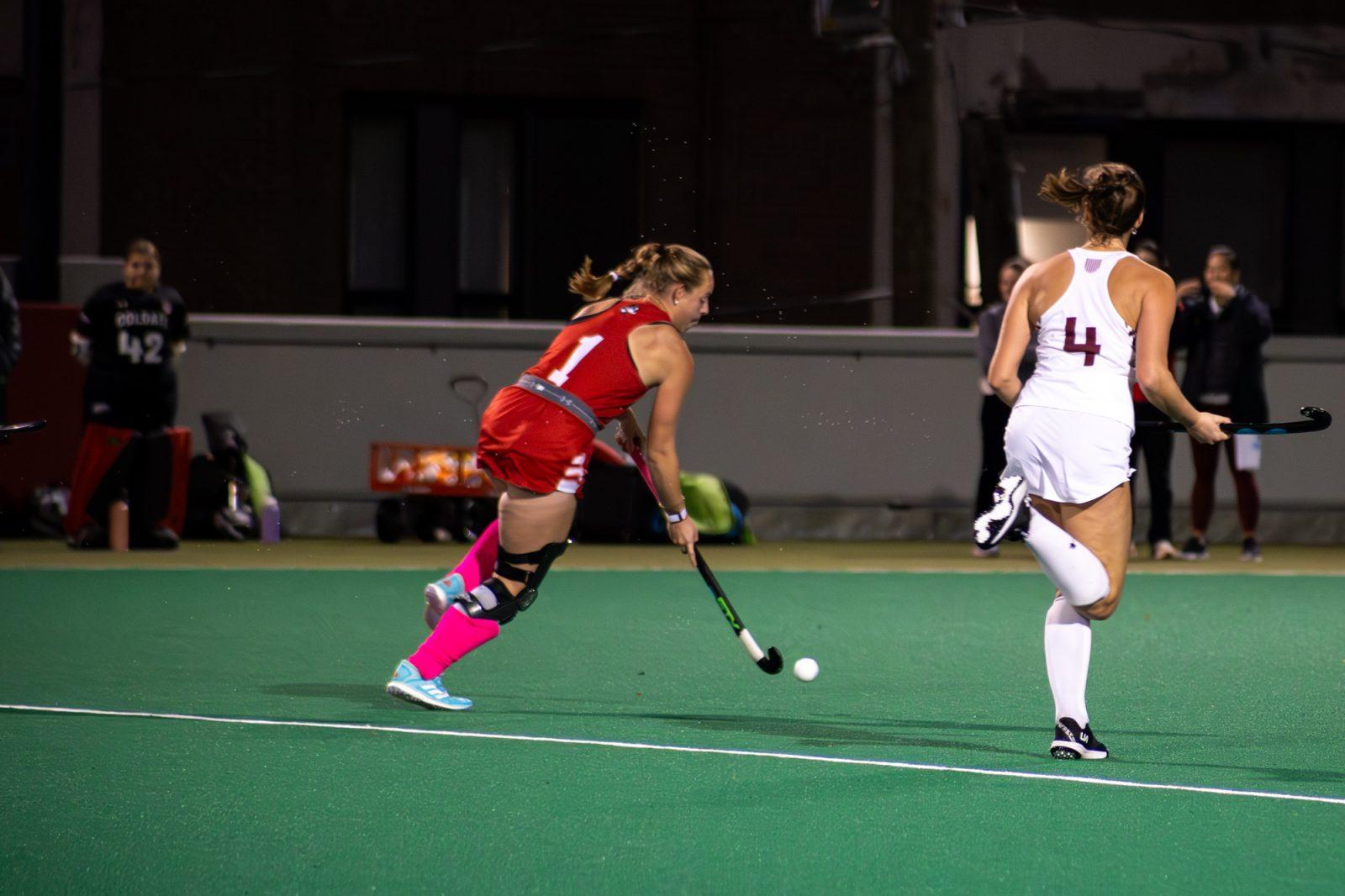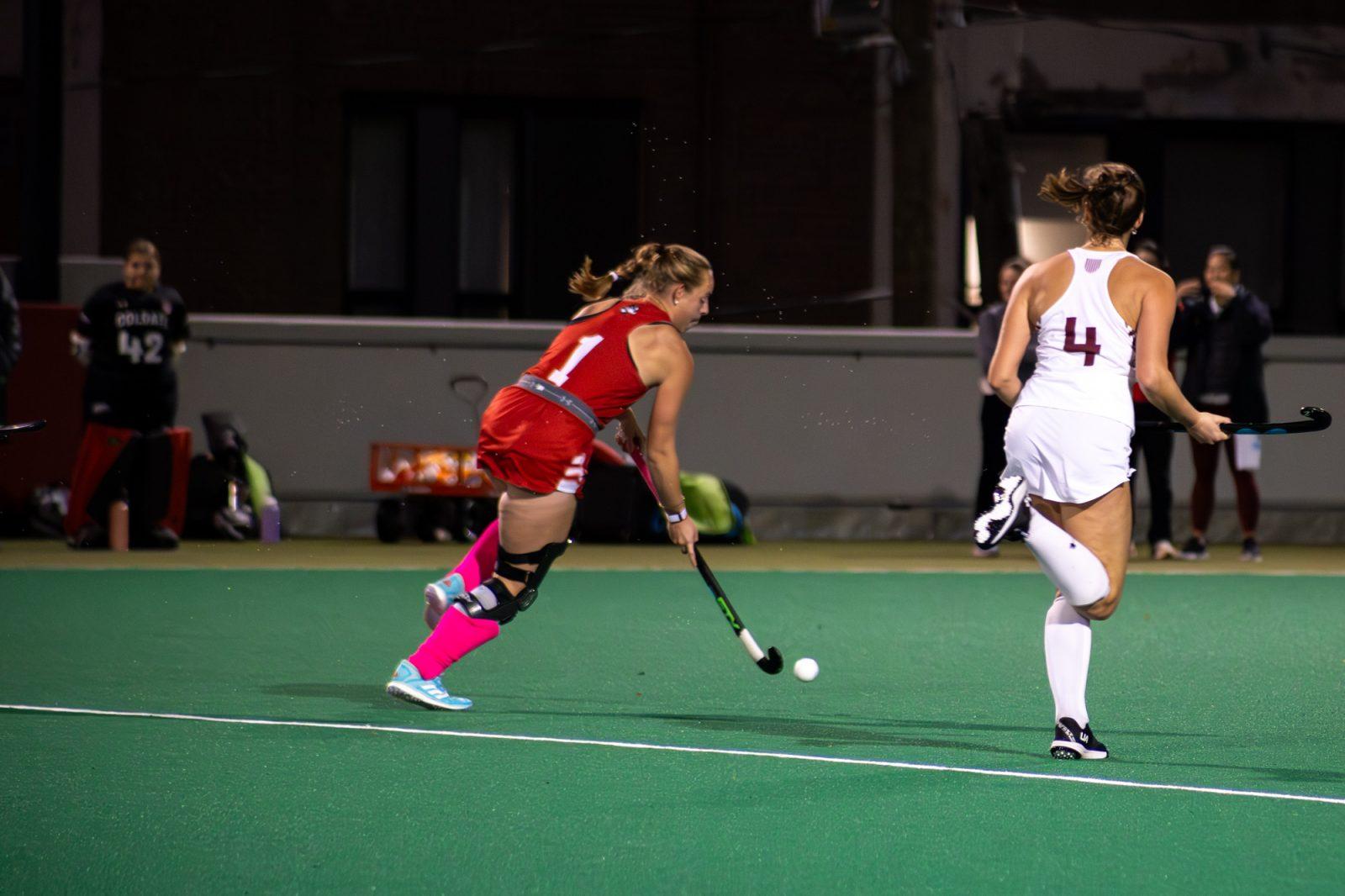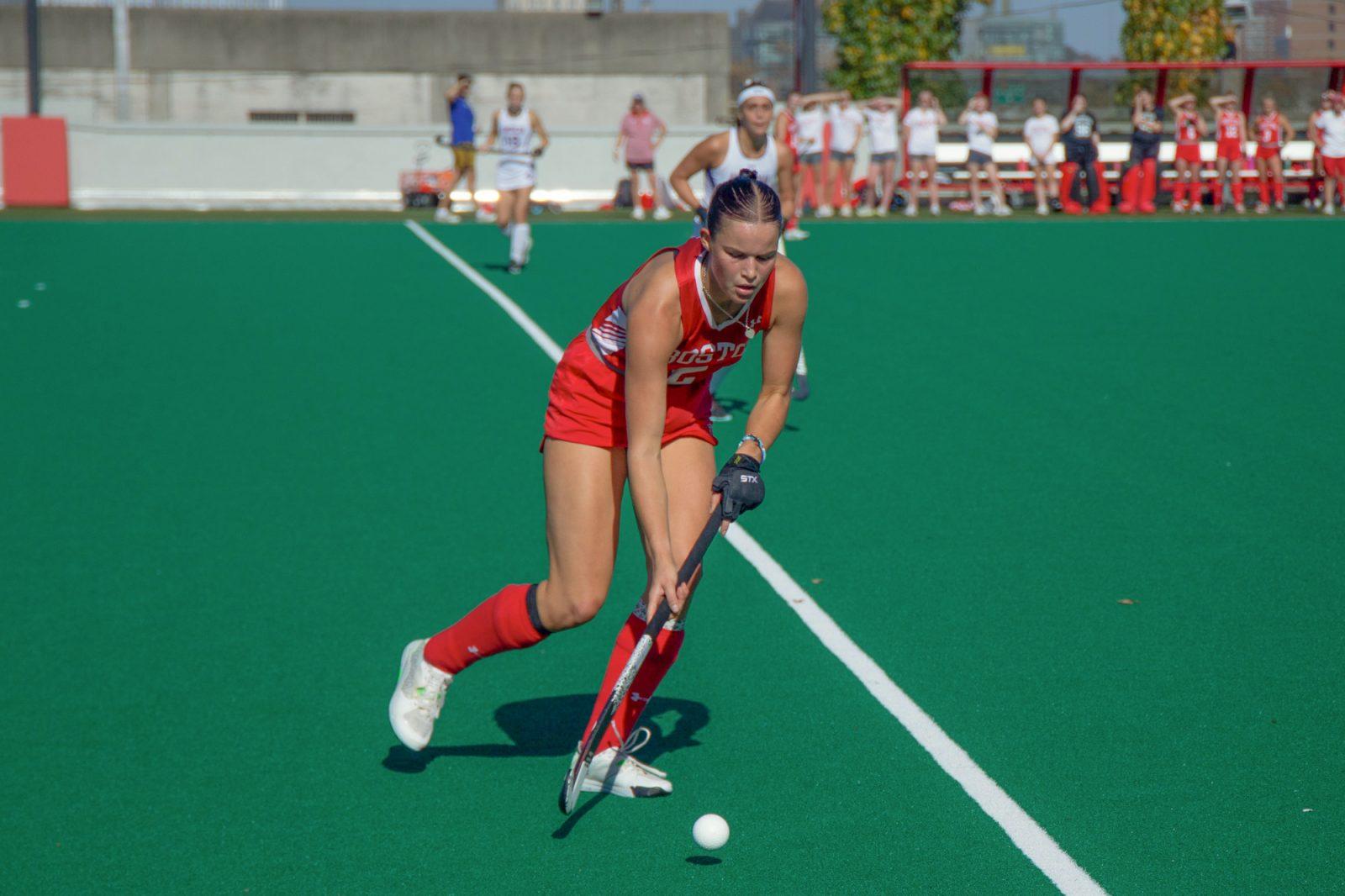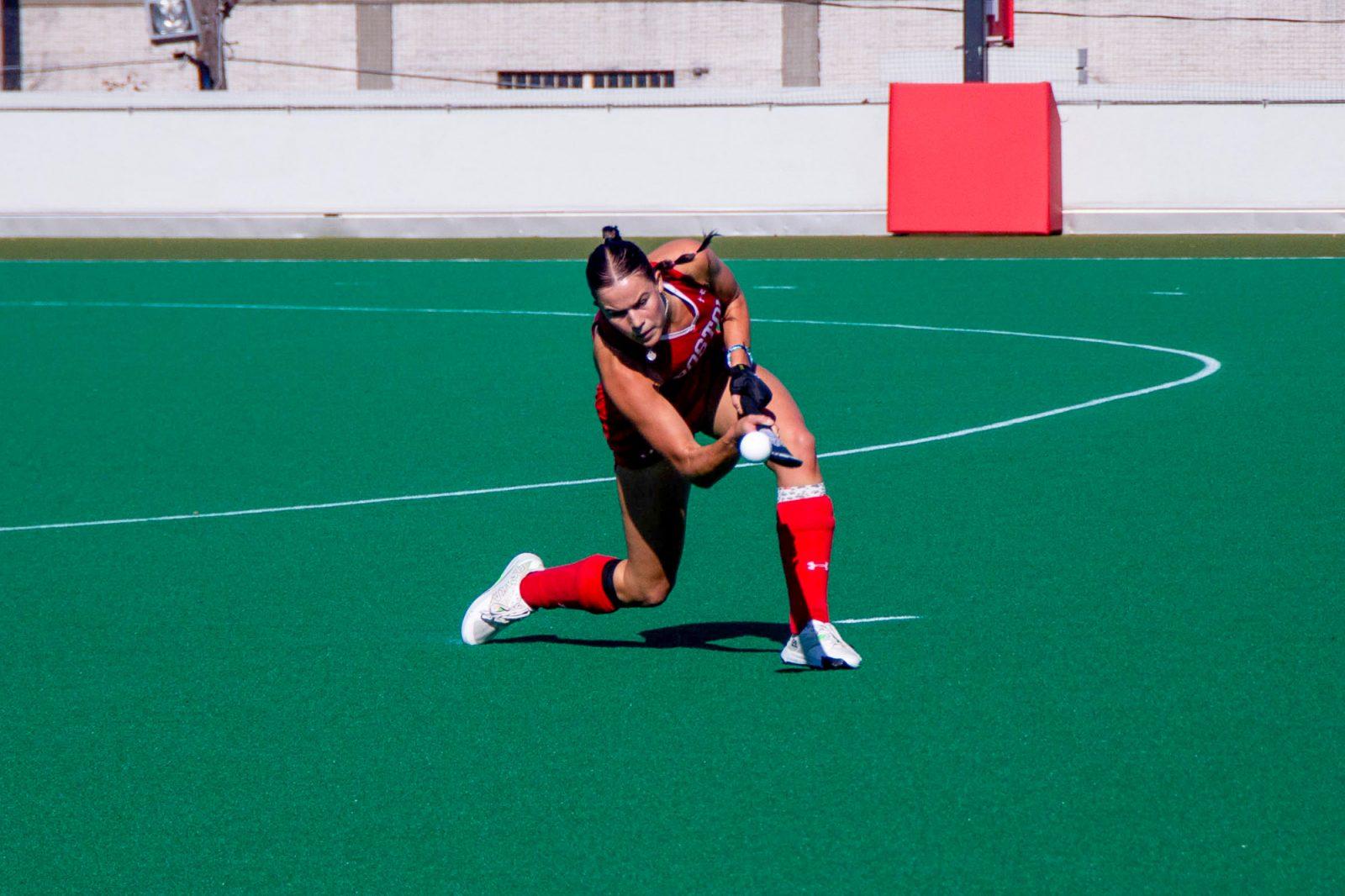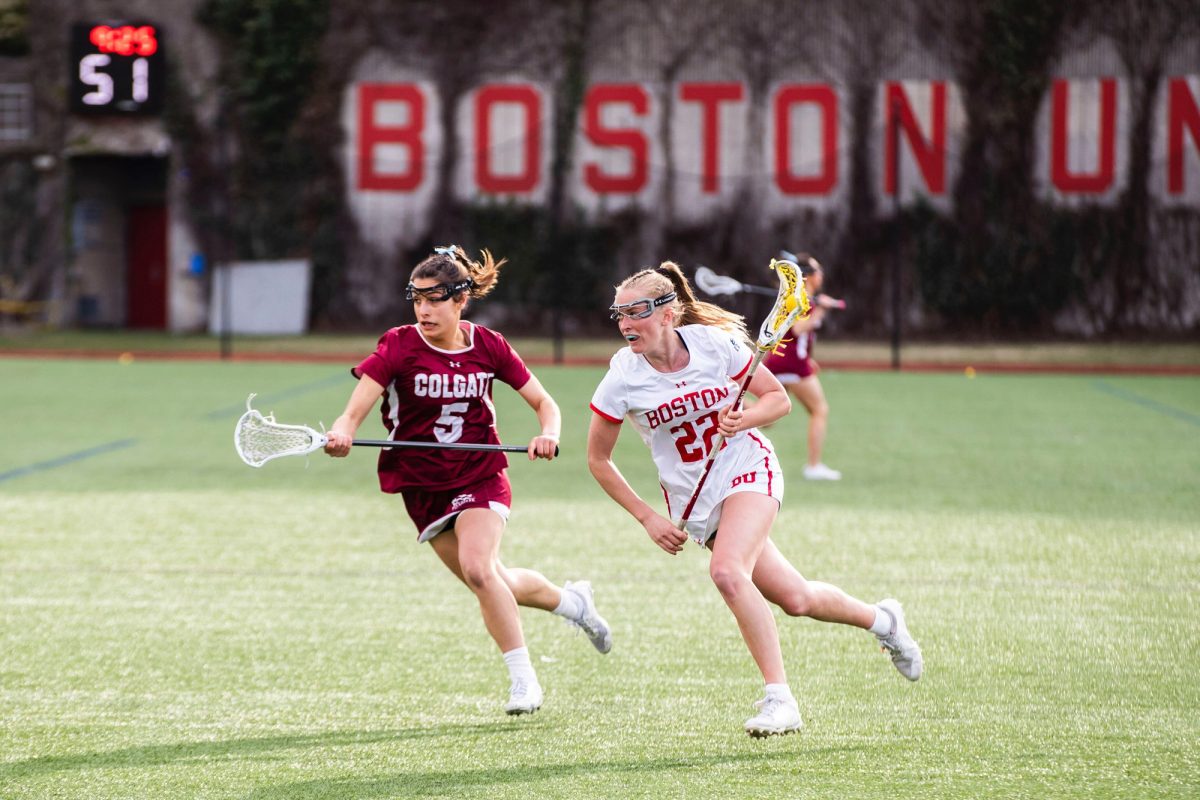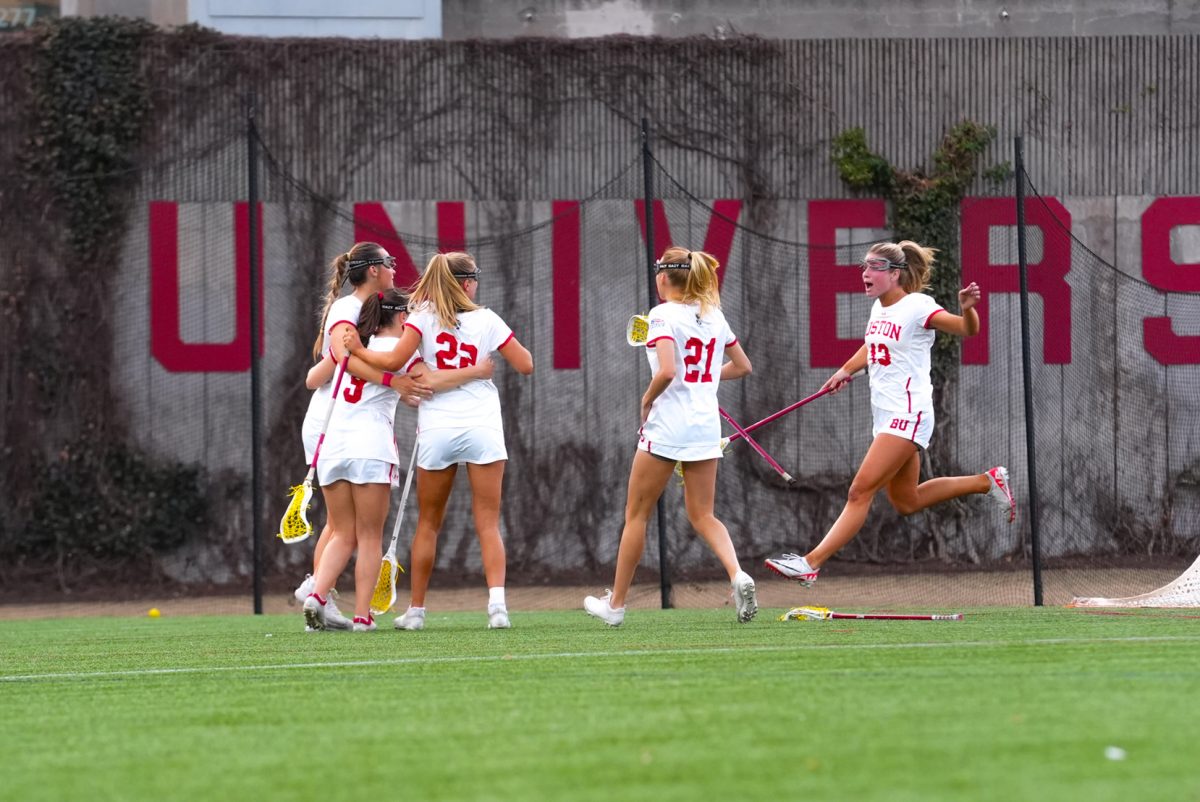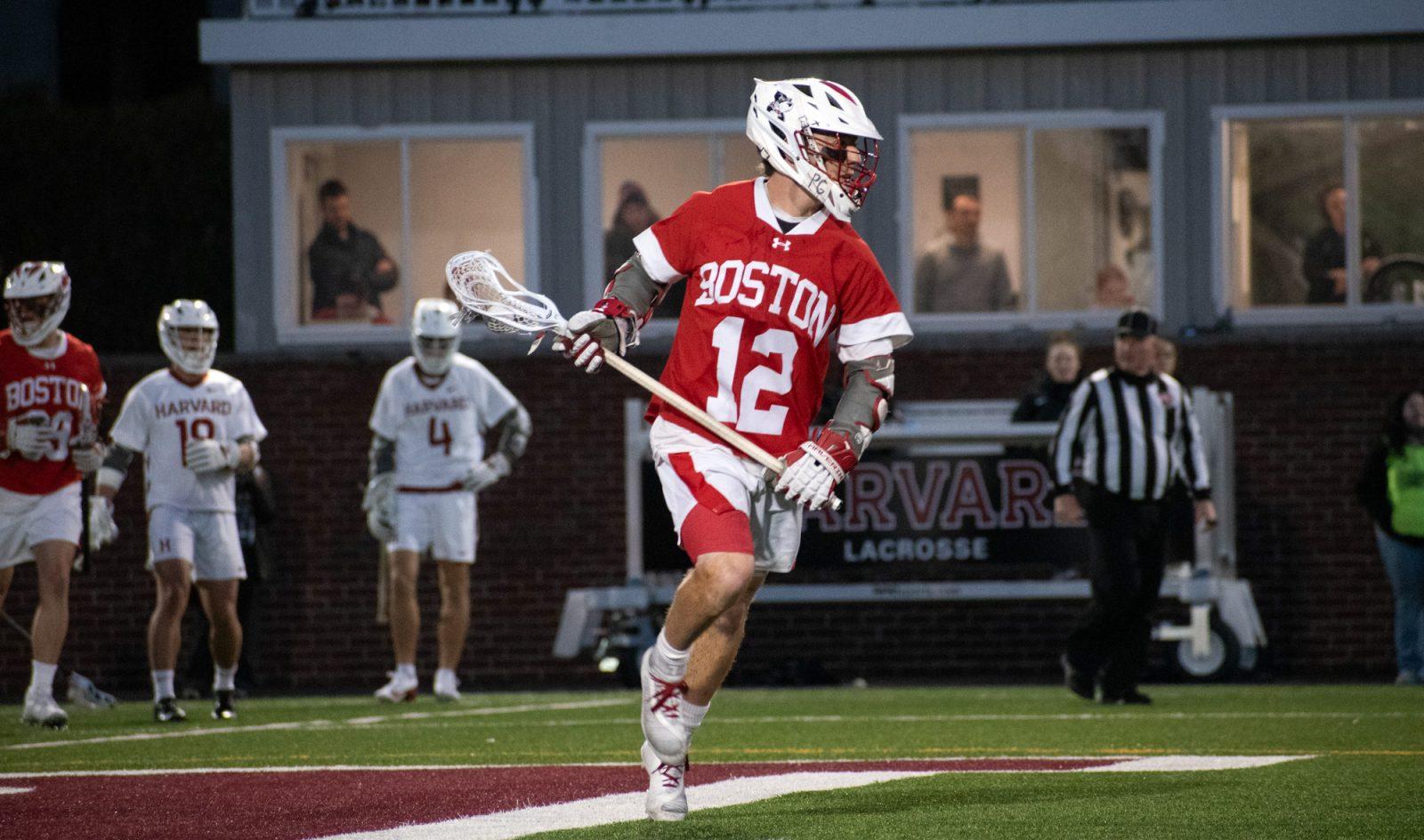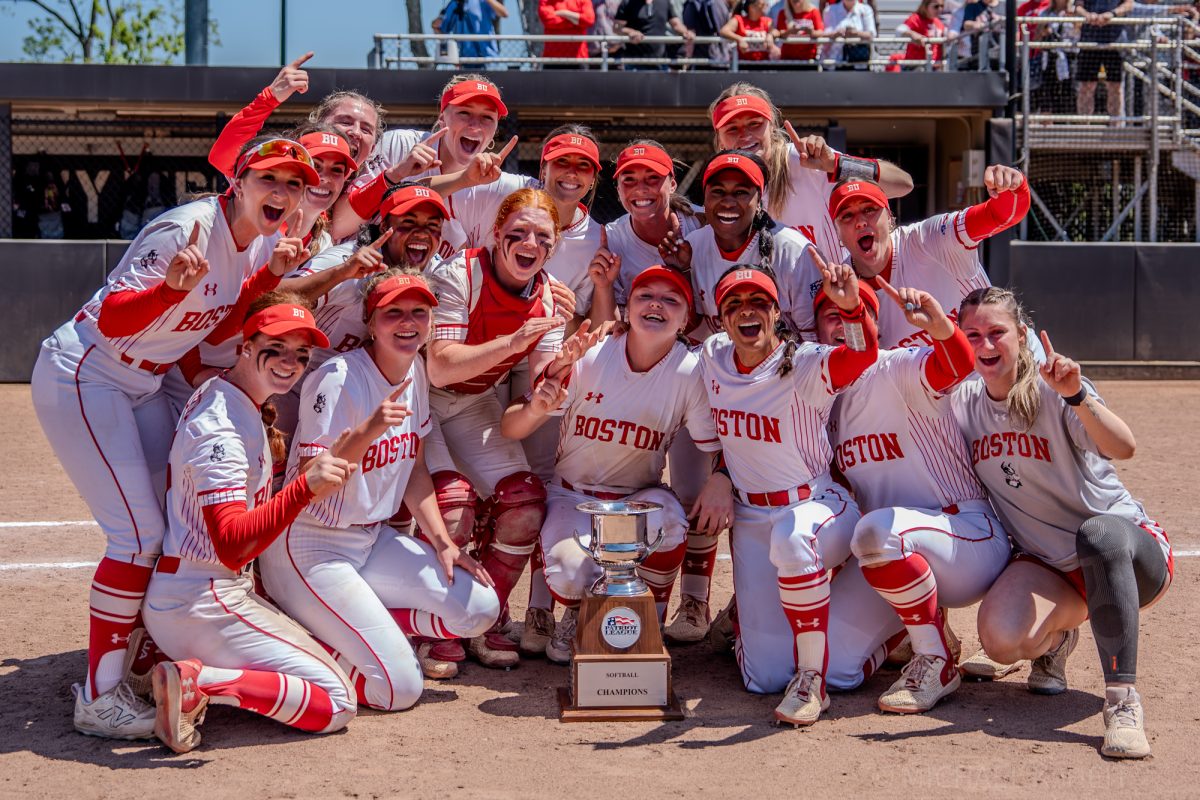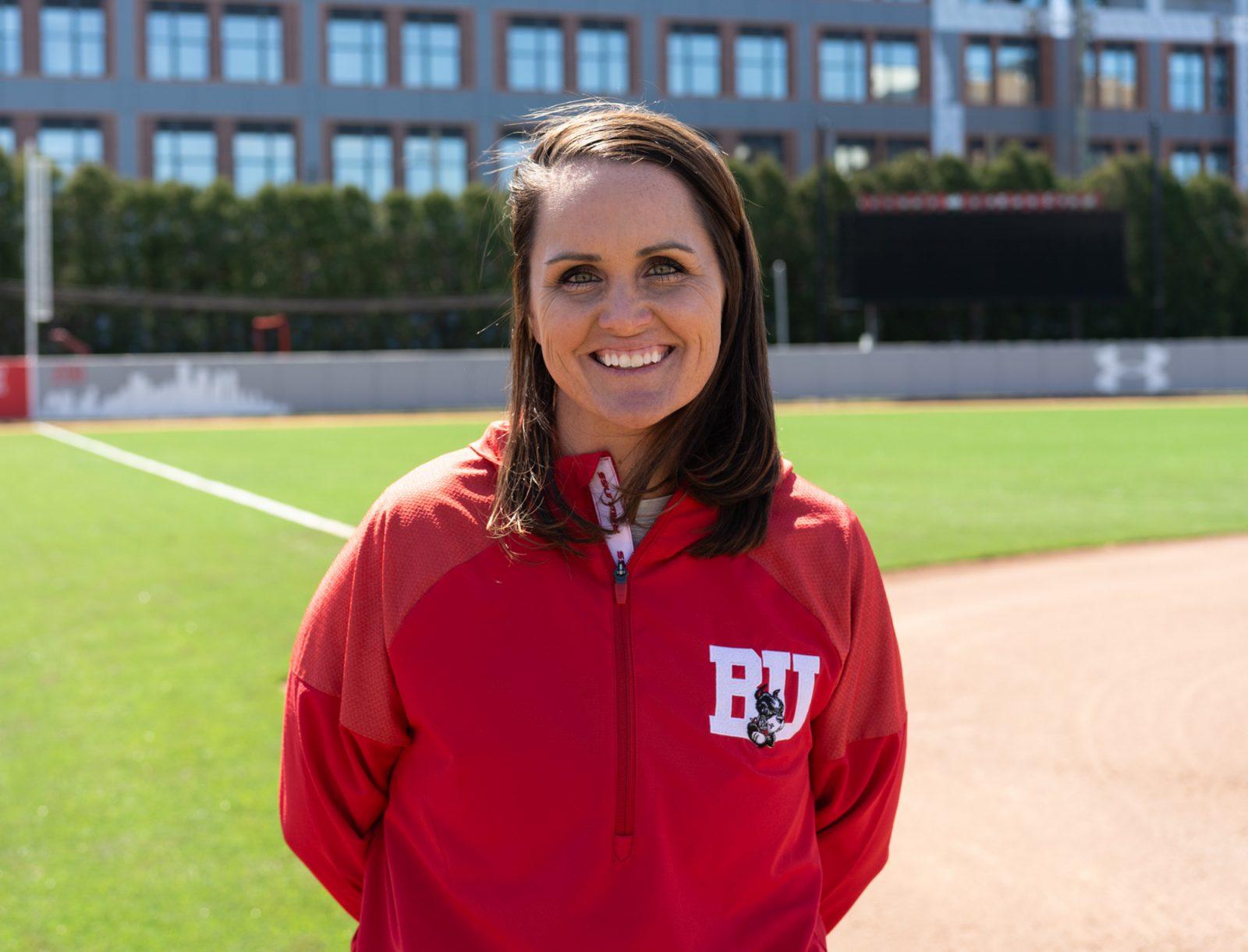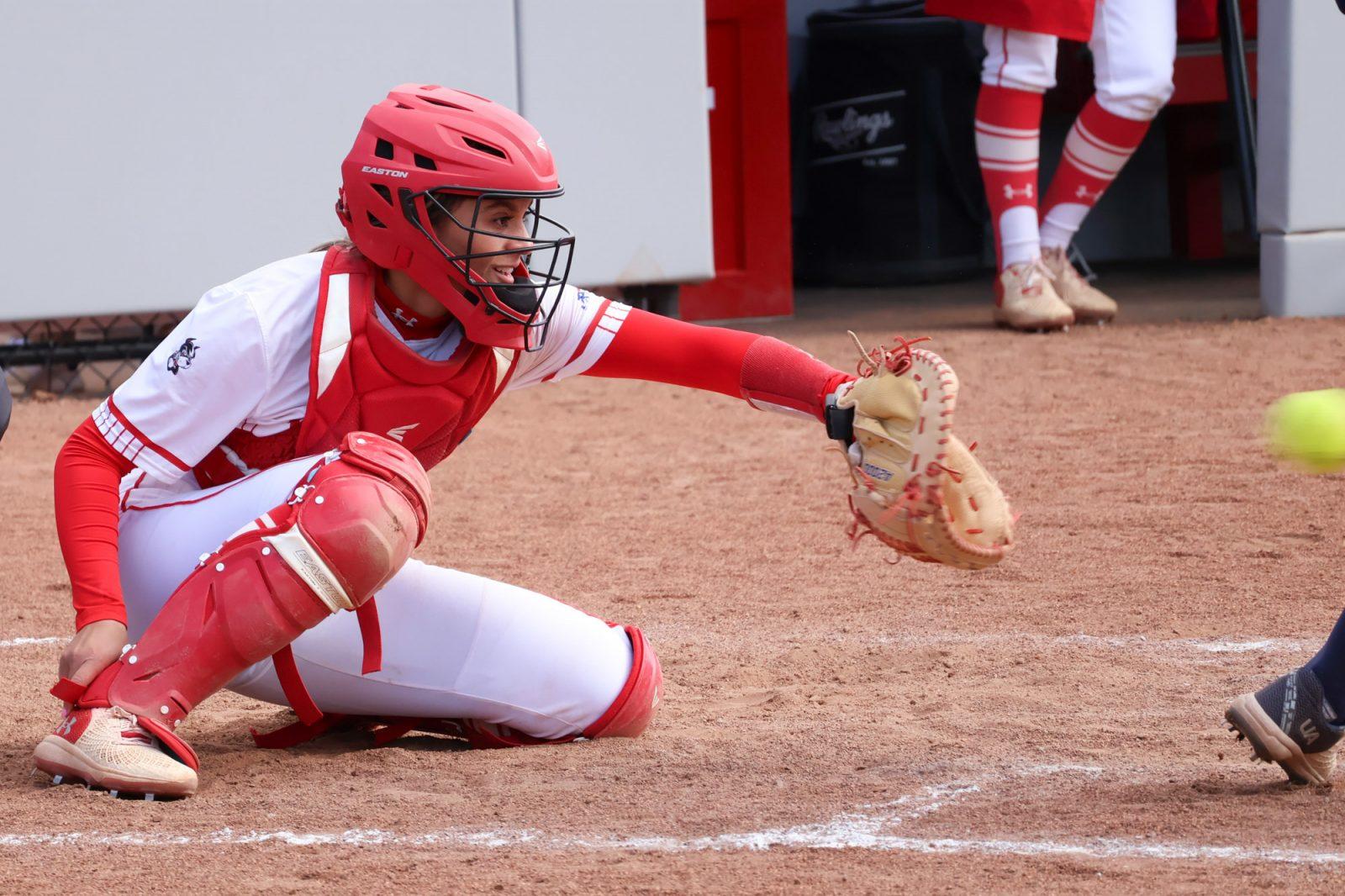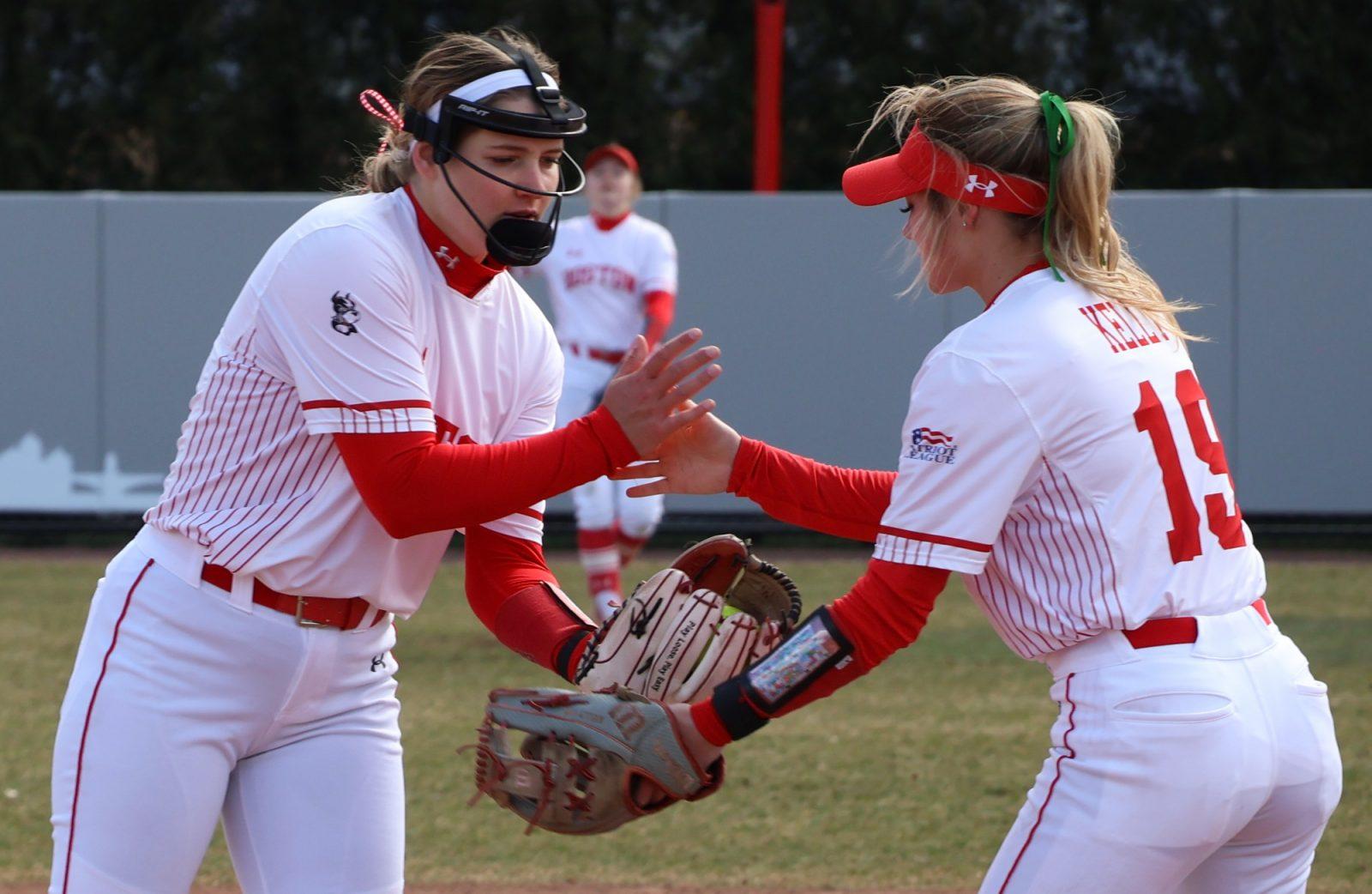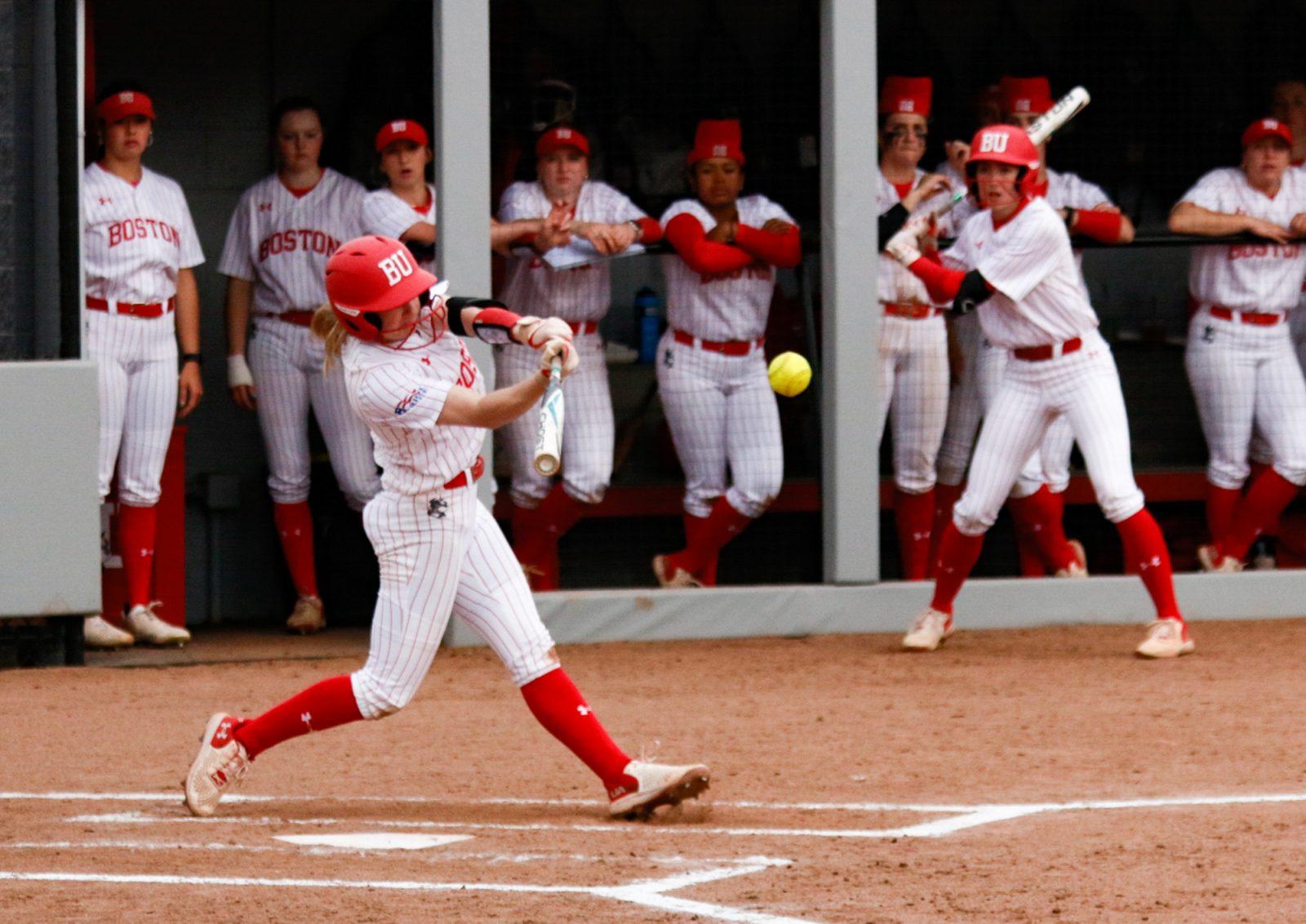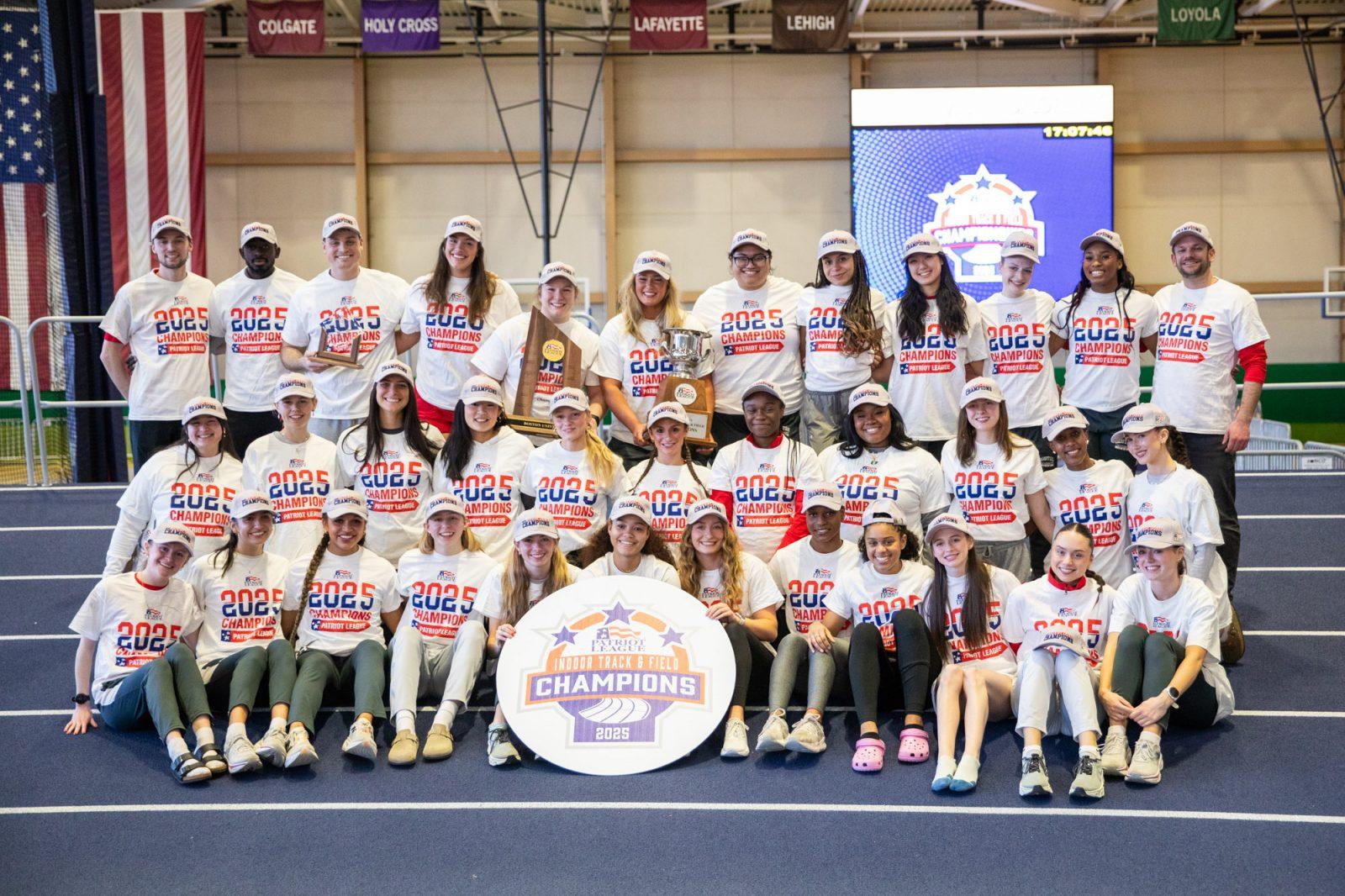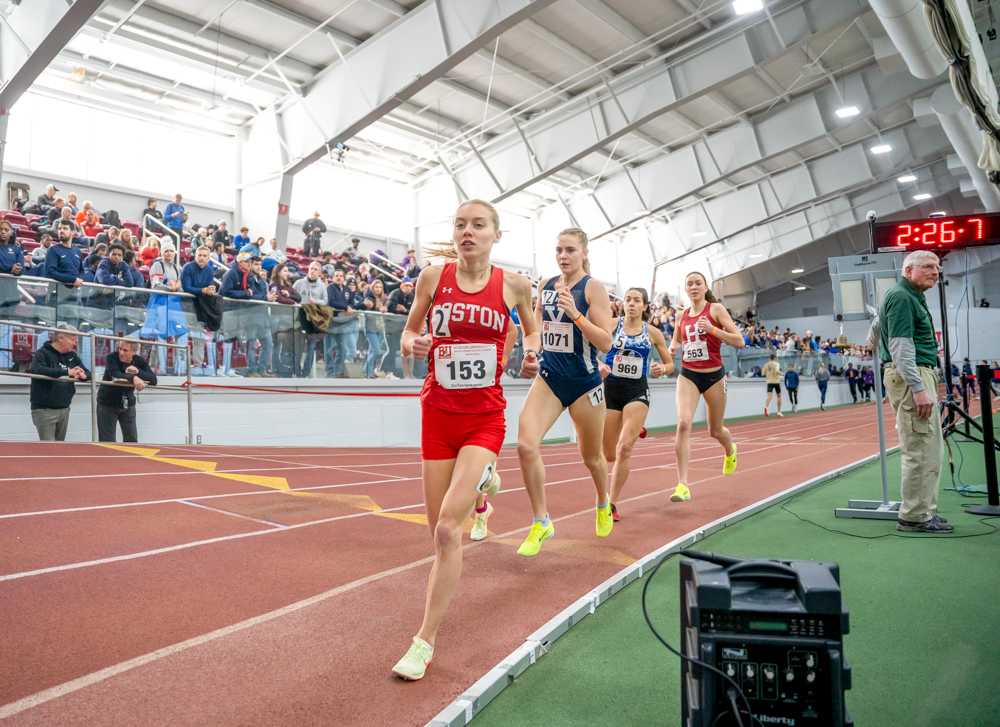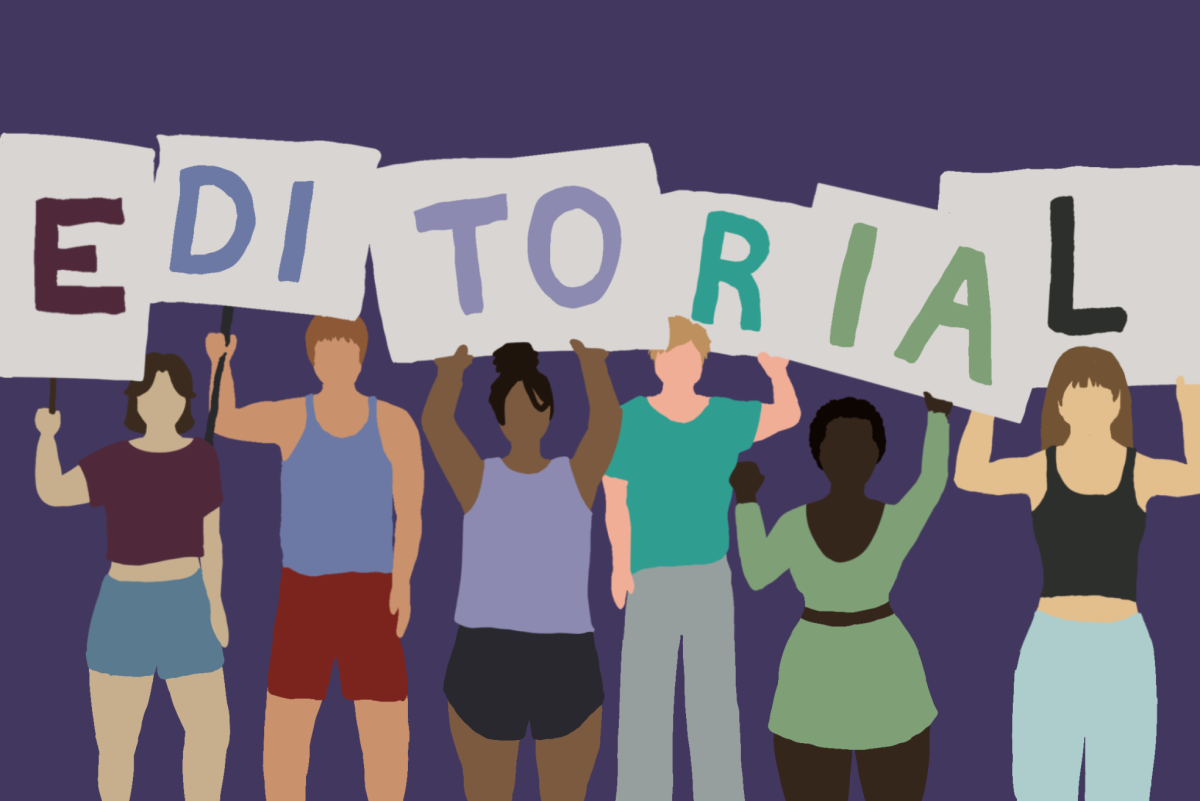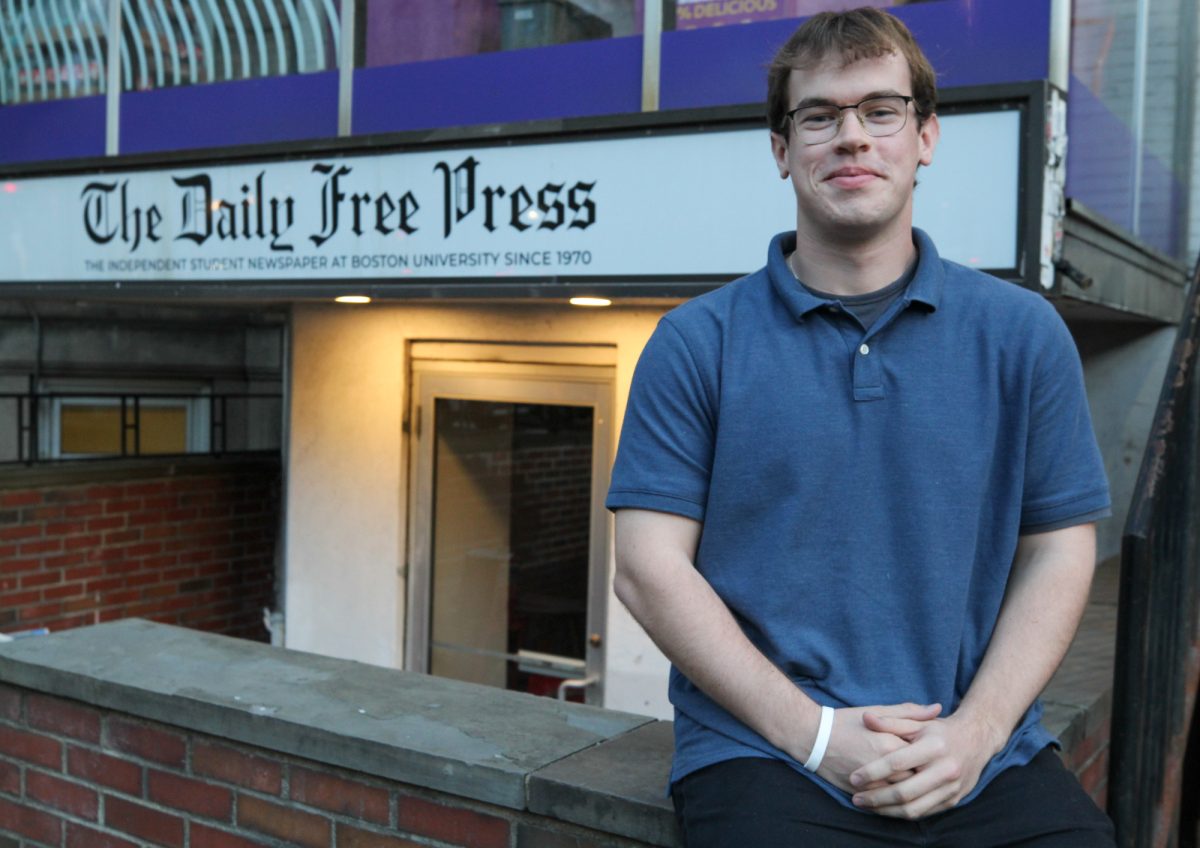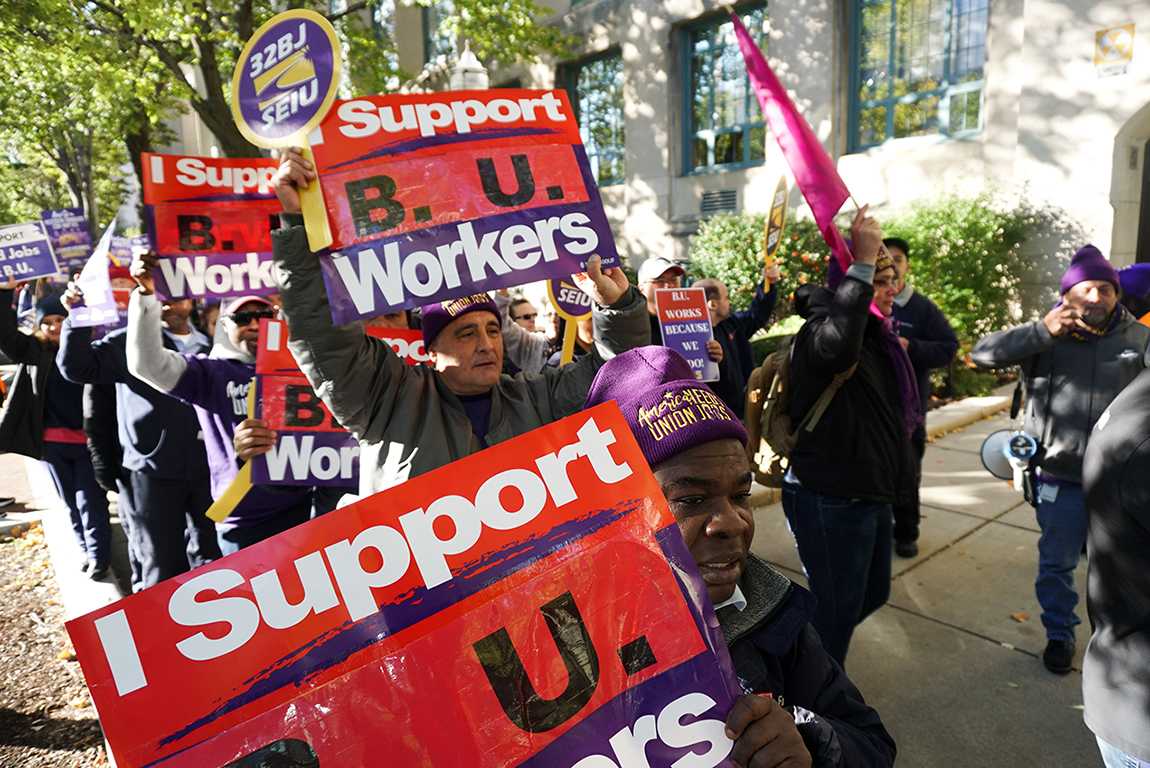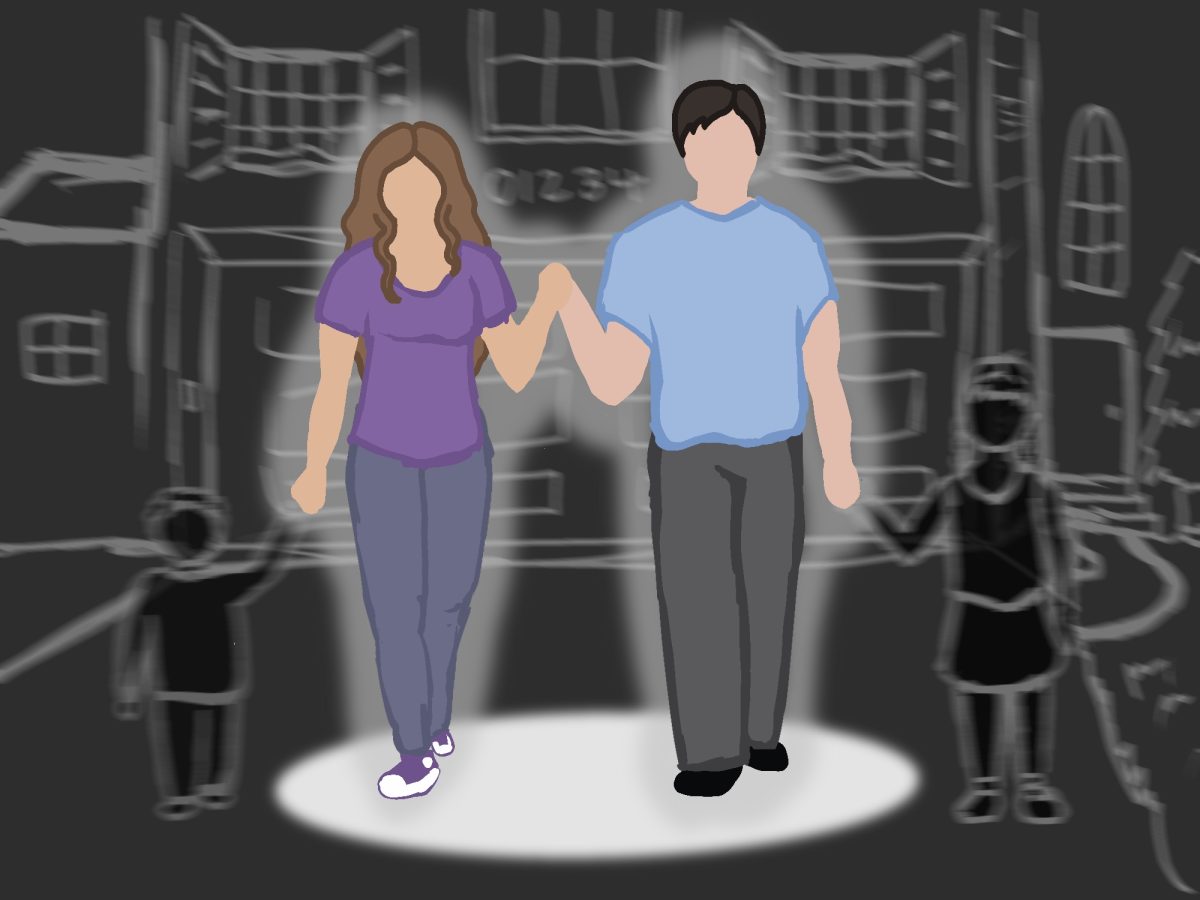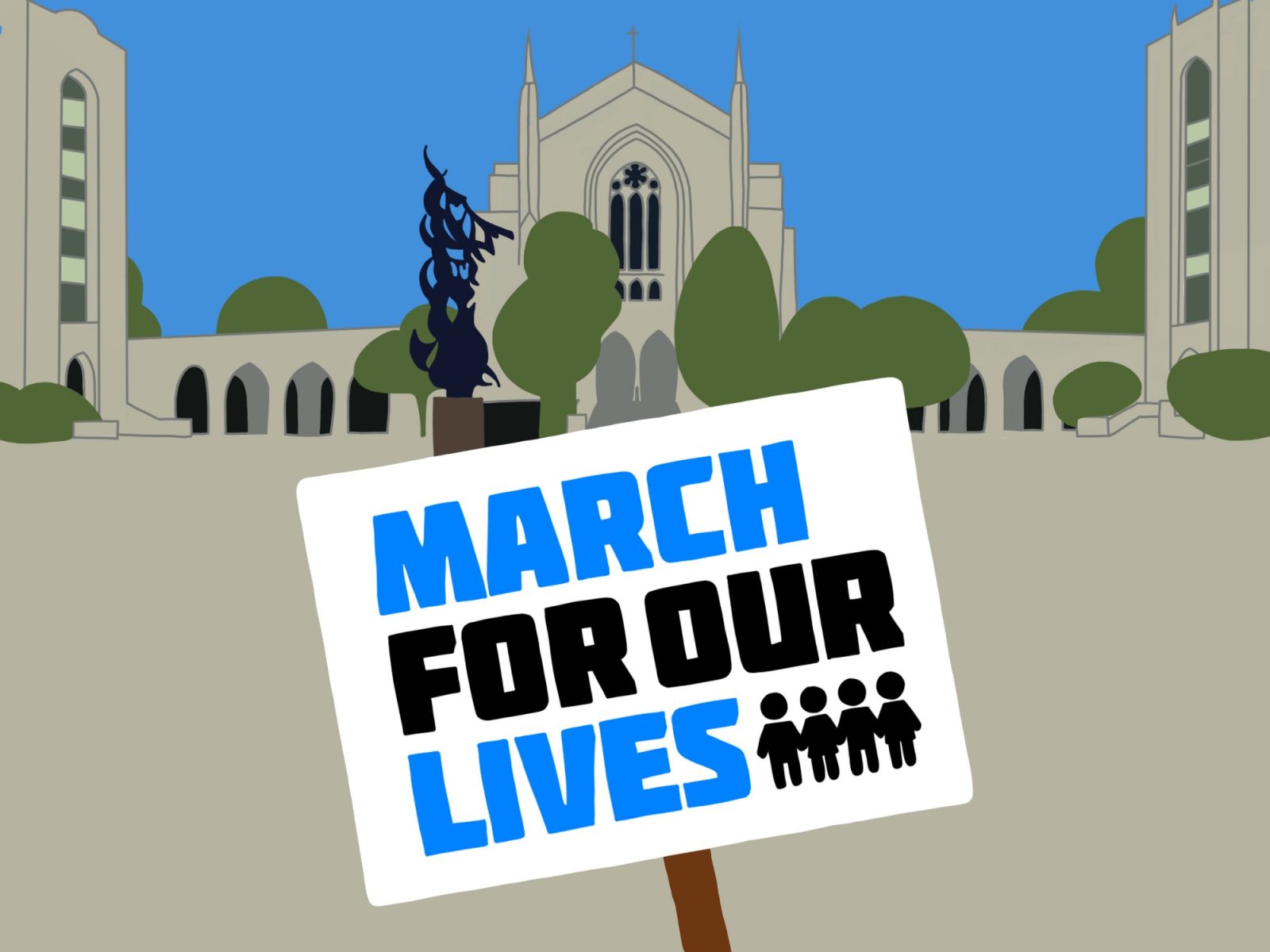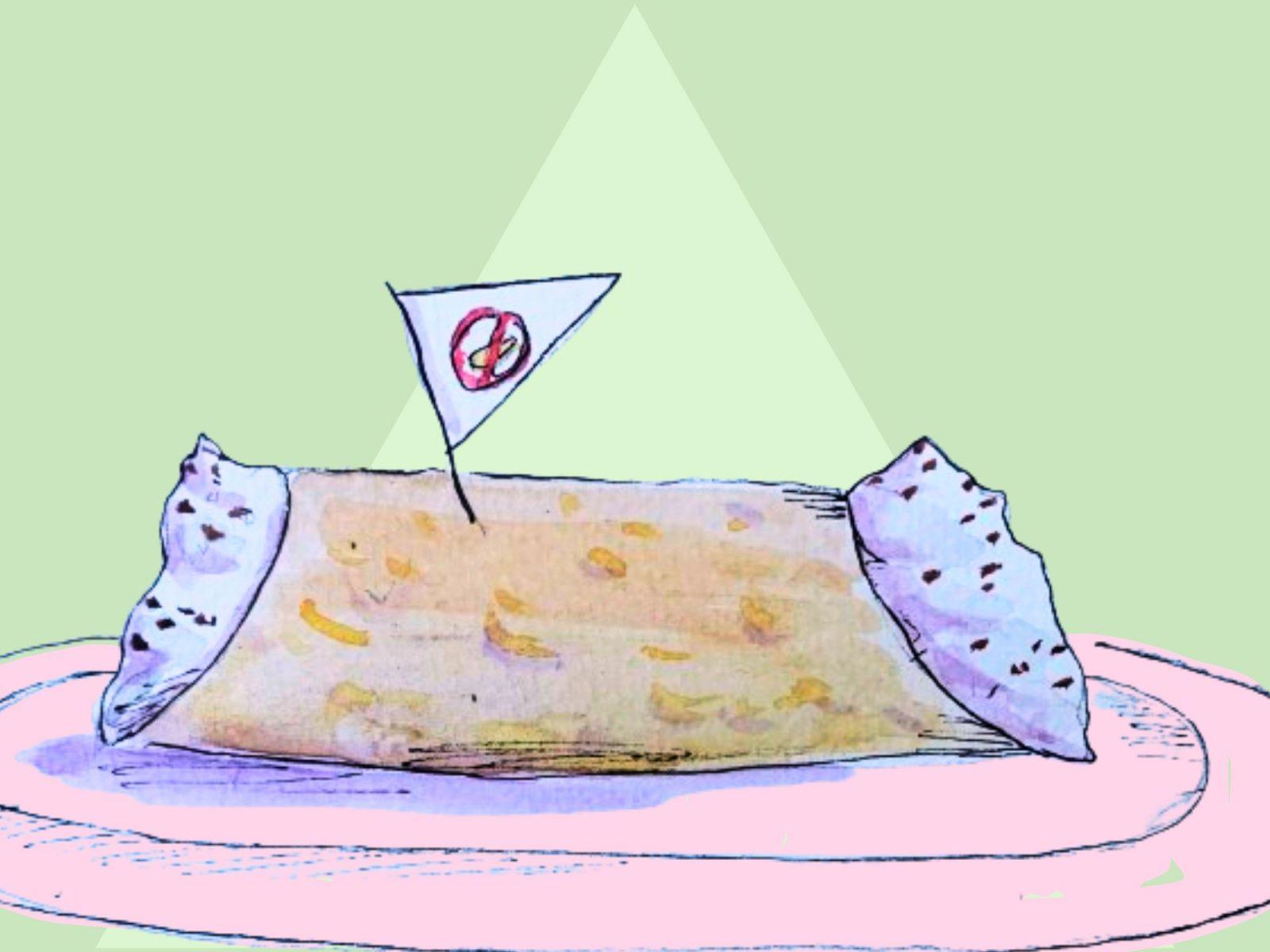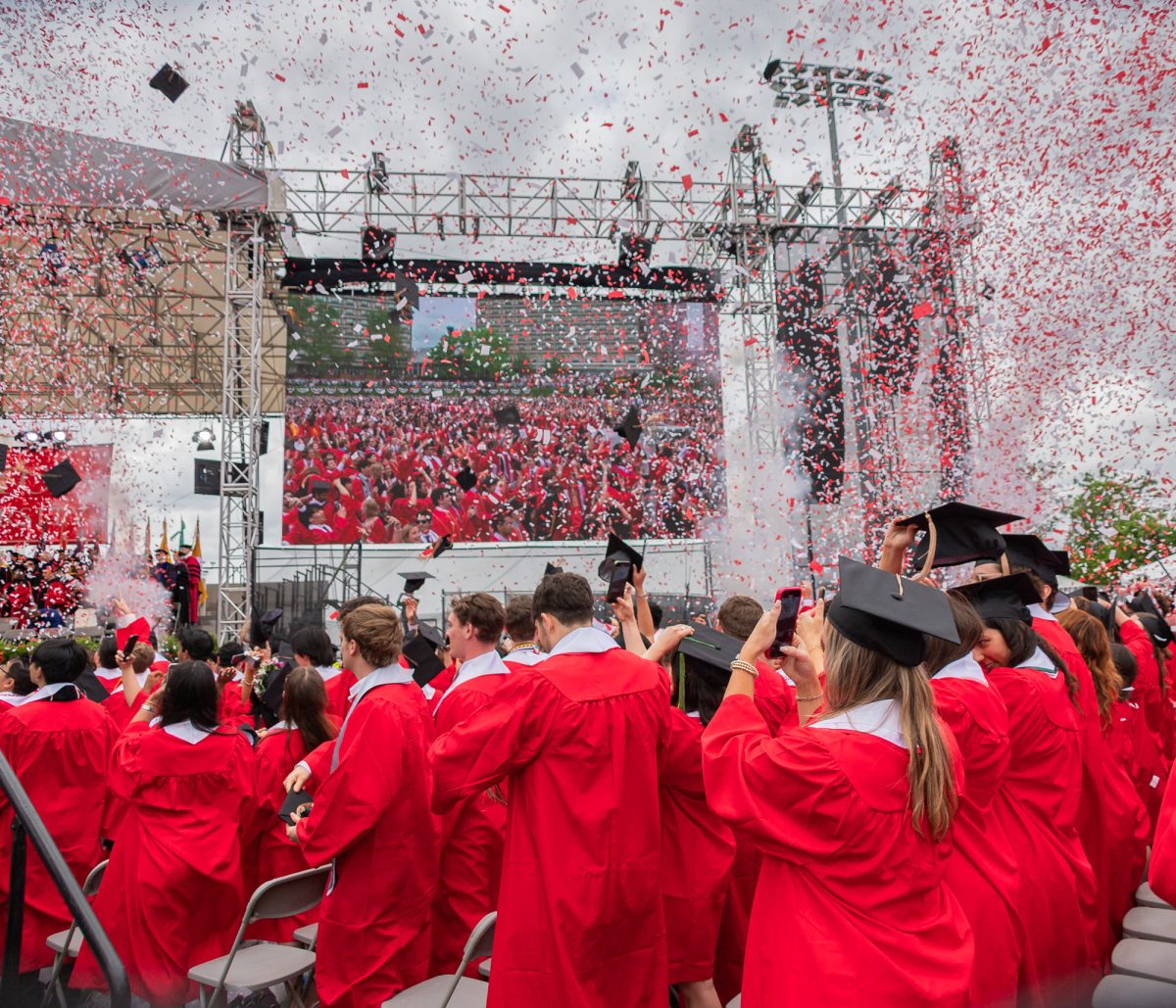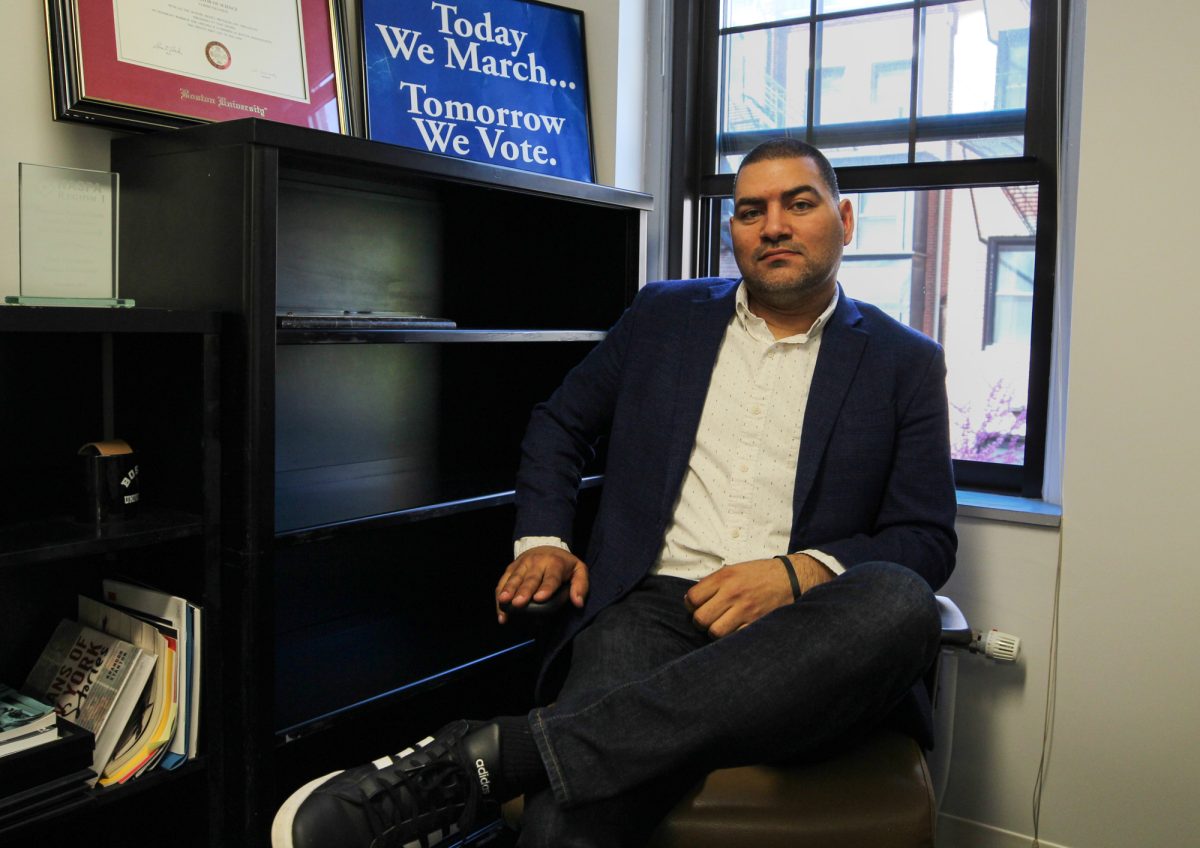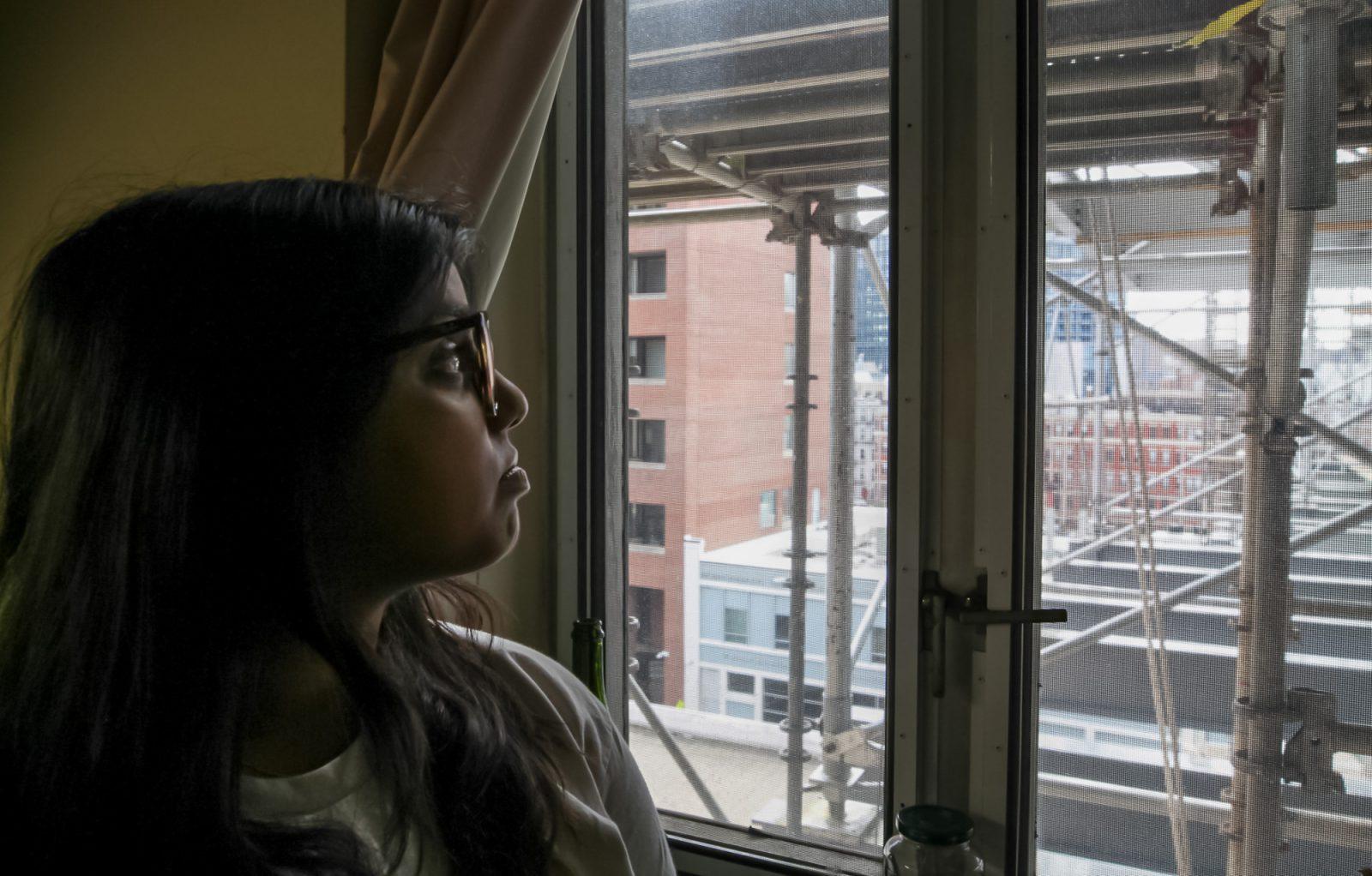It’s not uncommon for the average Boston University student’s marathon preparation to include little more than shopping for barbecue supplies, posterboard and bulk deals on premium lager.
The average student’s involvement with the race, understandably, is little more than rounding up friends for a party along the portion of the 26.2-mile route that intersects the BU campus. But each year, a handful of hardy students are gripped by a different kind of marathon fever – one where the steps include all those needed to complete a trek from the center of Hopkinton Green to Boylston Street on the morning of Patriots’ Day.
The Boston Marathon is just under four months away, but prospective runners still have time to prepare, according to Dr. Roger Fielding, associate professor of Health Sciences in Sargent College for Health and Rehabilitation. Fielding recommends that first-time marathon runners begin training only three to four months prior to the race, in order to avoid overuse injury. The first step for novice runners, he said, is to develop a training schedule that takes into account inexperience with distance running.
Sara D. Brown, director of the Athletic Training Program in Sargent, recommends a strategy that will gradually increase the duration and length of runs.
Fielding suggests beginning with 15 to 20 miles per week in the first month of training, building to as much as 30 to 40 miles per week before tapering off the mileage in the two weeks immediately before the race.
‘The goal of the first marathon for a novice, recreational runner is to finish – not to finish fast,’ said Brown.
Bob Seed, 46, of Boylston, is a veteran of seven marathons. He agrees that finishing should come first for a first-time runner, and that completion, no matter how fast or slow, is an accomplishment that brings a sense of fulfillment.
Seed began his training for April’s marathon last week.
‘My key is long runs,’ he said, because while the long-distance runs do not necessarily build up speed, a consistent mileage base builds endurance. Endurance, Seed said, is one of the most important qualities for a recreational runner of the Boston Marathon.
Fielding said running should be the primary method of training, but there are several other exercises that help build needed endurance and strength. He recommends swimming, cycling and low-intensity weight training for the upper body. Though for many prospective runners the more training they do, they better the chance they have to succeed, race veterans caution of overdoing it before one even reaches the starting line. During Seed’s 12-week training program, he builds up to only a 20-mile maximum in his long-distance runs. Anything more would increase the chance of injury, which would likely force him to miss the race entirely, he said.
According to Brown, the most common training-related injury is overuse stemming from repetitive movements. Knees are the most commonly afflicted area, given the amount of stress they must endure with every step walking, never mind of a long run, she said. Tendonitis of the kneecap, anterior knee pain and just general irritation in the lower extremities are all common as runners prepare for the stress of something like a marathon, according to Brown.
‘These injuries can be serious and interfere with daily activities if they are not tended to properly,’ said Brown.
Fielding agreed and recommended that if an overuse injury does occur, the runner should immediately go to the doctor to have it evaluated and follow the advice he is given. Even seemingly obvious cures like rest or a reduced training schedule can work wonders, he said.
In order to prevent such injuries, Brown suggested ‘a gradual increase in intensity and duration of running; wearing appropriate shoes that are not broken down; incorporating an appropriate warm-up that includes flexibility training; incorporating rest periods with the training periods; maintaining proper hydration and eating a healthy diet.’ Brown also said that there is no one type of shoe that benefits all runners. ‘Runners are well-advised to speak with a health care professional, such as an athletic trainer, or with knowledgeable running shoe personnel, to determine the optimum shoe for their foot type and training pattern.’
Veteran-marathoner Seed said he has good luck with New Balance and Asics, but shoes should fit a person’s profile. He recommends running the marathon in shoes that have at least 20 or 30 miles on them. Seed acknowledged ‘running is a lonely sport sometimes,’ and said joining a running club will help new runners stick with their training.
‘You need discipline, and a group gives motivation and makes running a social activity,’ he said.
The night before the race, Seed recommended eating light foods such as pasta, which contains a lot of water and is good for hydration. Soup and beans are also good for protein, he added.
During the race, Seed said he stays motivated by keeping landmarks in mind, and once he reaches one, he concentrates on making it to the next one. He also stops at each of the water stations along the way, equipped with water, saying, ‘it’s worth it for the extra 15 seconds it takes to keep yourself hydrated.’
Seed also said having friends and family on the course cheering helps keep him motivated.
‘My family always stands at the 25-mile mark,’ he said, ‘so I know I at least have to make it there because they’re counting on me. After that, there’s just one mile to go.’
His final bit of advice to novice marathoners is ‘hydration and Vaseline; you’d be surprised where you get friction when you run.’

